Lee Auto Supply: Part museum, part gearhead social club
Veteran journalist Murilee Martin is known for his junkyard archeology, which now appears on this site each Tuesday. Let’s do some archeology of our own and go back to 2009, when he checked out one of the last auto parts stores that wasn’t a chain: Lee Auto Supply, which closed in 2018 and is now a high-end furniture store. —Ed.
The Toyota and Chevrolet dealerships across the street in Alameda, California, shut their doors for good last year. A corporate auto-parts chain just opened up a store two blocks away. The parts suppliers are folding their tents and padlocking the warehouses. The latest generation of hot-rod kids buys its speed parts online. Repeated crowbar shots continue to thud into the kidneys of the California economy. How can it be possible that this old-time downtown parts store—this anachronism—has survived this far into the 21st century?
Step off the sidewalk of Alameda’s main drag onto the creaky wooden floor of World Famous Lee Auto Supply. Past the 1956-vintage Hurst shifter display and the photo of Kenny Stabler posing with a ’40 Ford dirt-track car at Vallejo Speedway. Continue on beyond the 1975 NHRA Champions Of Drag Racing poster from Fremont Raceway and the East Bay car-club plaques going back to the 1920s, and lean up against the beat-to-hell, decal-encrusted parts counter. There you will find… parts men. Battle-scarred automotive veterans, honest-to-god Doctors Of Partsology who can tell the difference between an FMX and a Fordomatic, who know the number of the outfit in L.A. that can overnight-ship floats for the ailing SU carbs in your Volvo 144. Must be a half-ton of well-thumbed parts books behind the counter, and you’ll never get a puzzled look when you say you think the IHC Scout you just bought has a mid-70s AMC 360, but the distributor seems to be older and you need points for it.
For all the nostalgic hand-wringing over “the death of Main Street” we hear as mega-chains crush little downtown shops and department stores—or, rather, as we vote with our dollars for cheapness and convenience—it remains possible for us to purchase most of what we need in the big chains; the soul may be dying, but the body lives. Not so with the independent auto-parts store. When the last one dies, we’ll lose the expertise of the guys behind the counter, and we’ll be left with corporate employees authorized only to check year, make, and model on a terminal. We’ll still be able to buy car parts, but the whole process will be much more difficult.
When I was 15, the gas station near my house had a customer abandon a ’69 Toyota Corona after dropping it off for a minor repair. Just $50 later, I had my very first car. My very first visit to Lee Auto took place soon after. That was nearly 30 years ago, and the place hasn’t changed in any substantial way in all that time; looking at photographs of the store in the early 60s, it’s clear that time has simply slowed down here. Duane Watson, whose father bought the store in 1959 (it was a chain of three stores then, one in Alameda and two in next-door Oakland), is still in charge. You’ll usually find two or three grizzled old-time Alameda gearheads, knuckles permanently tattooed from a lifetime of underhood grime, holding court from the stools lined by the parts counter. You’ll see some young guys there, too, all tatts and attitude, talking cylinder heads and pearlescent paint jobs; the hot-rodding tradition in Alameda goes back unbroken for generations.
The little brick building, located between a Wienerschnitzel and an antiques store is a block or so from City Hall. It’s been a car-parts store since it was built in 1922, and the back room still has hooks labeled for Kaiser-Frazer and Packard parts. A retired Model A circle-track racer body sits on the roof in back, over the machine shop that had to be closed down when the last of the old engine machinists retired. There’s no parking lot; you’ll parallel-park your Civic out front the way previous generations parked their Chieftans and Wagonaires.
Times are hard, Duane admits, harder than they’ve ever been—the loss of parts business from now-shuttered Good Chevrolet across the street has hit especially hard—but Lee Auto remains afloat. He’s been forced to lay off some full-time employees and work more hours himself, and there’s no more Lee Auto–sponsored racing these days, but the OPEN sign goes up every morning at 9:00 AM.
Auto Parts Stores and the Dodo
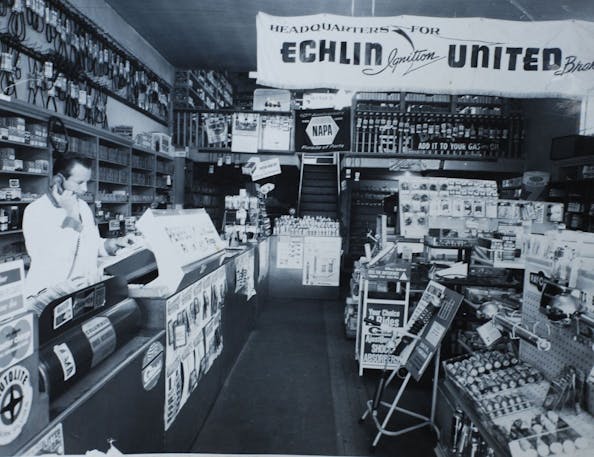
As recently as the late 1970s and 1980s, the independent auto parts store reigned supreme. Every town had at least one of these slightly dingy stores, where a crusty old guy with a dangling cigarette or a young motor head stood behind a long rack of parts books. A team of young drivers delivered parts to dealerships and garages, sometimes bringing back engines, cranks, or brake drums for machine work to be completed in the nethermost parts of the store.
Sure there might have been a chain automotive supplier at the local shopping center, but they were for off-the-rack parts like oil, filters, and anti-freeze. If you needed points or plugs, a thermostat, pistons or a master cylinder, you went to places like Lee Auto Supply or Thul Auto Supply or Scott Reider Auto Parts, where the guys behind the counter really knew what they were doing and could recognize an exhaust system for a Malibu from either its shape or its part number. These days, the old-time parts store sure looks like it’s going the way of the dodo, but when they’re gone, there will be nobody left to help you find a part for a car that’s 25 years old and isn’t listed on the computer.
***
Check out the Hagerty Media homepage so you don’t miss a single story, or better yet, bookmark it. To get our best stories delivered right to your inbox, subscribe to our newsletters.
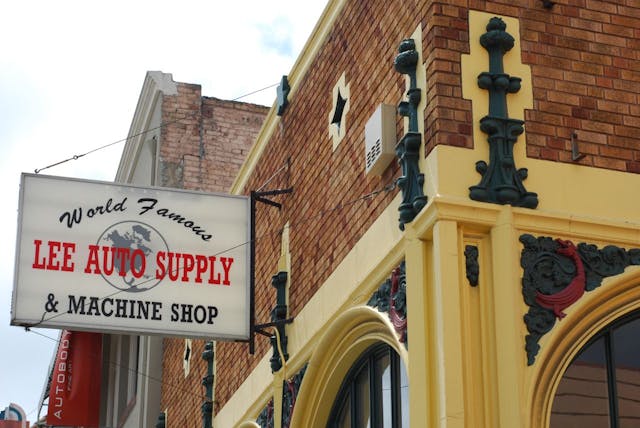
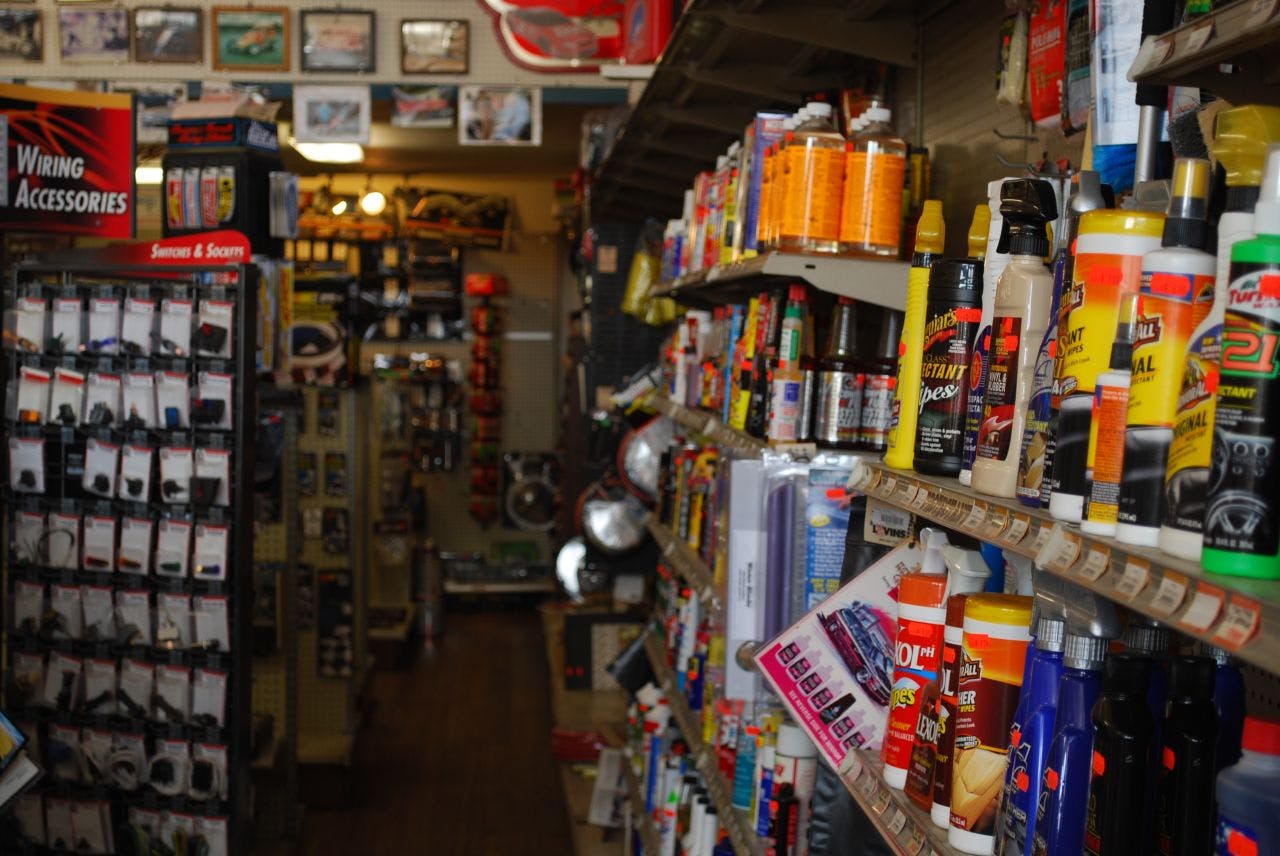
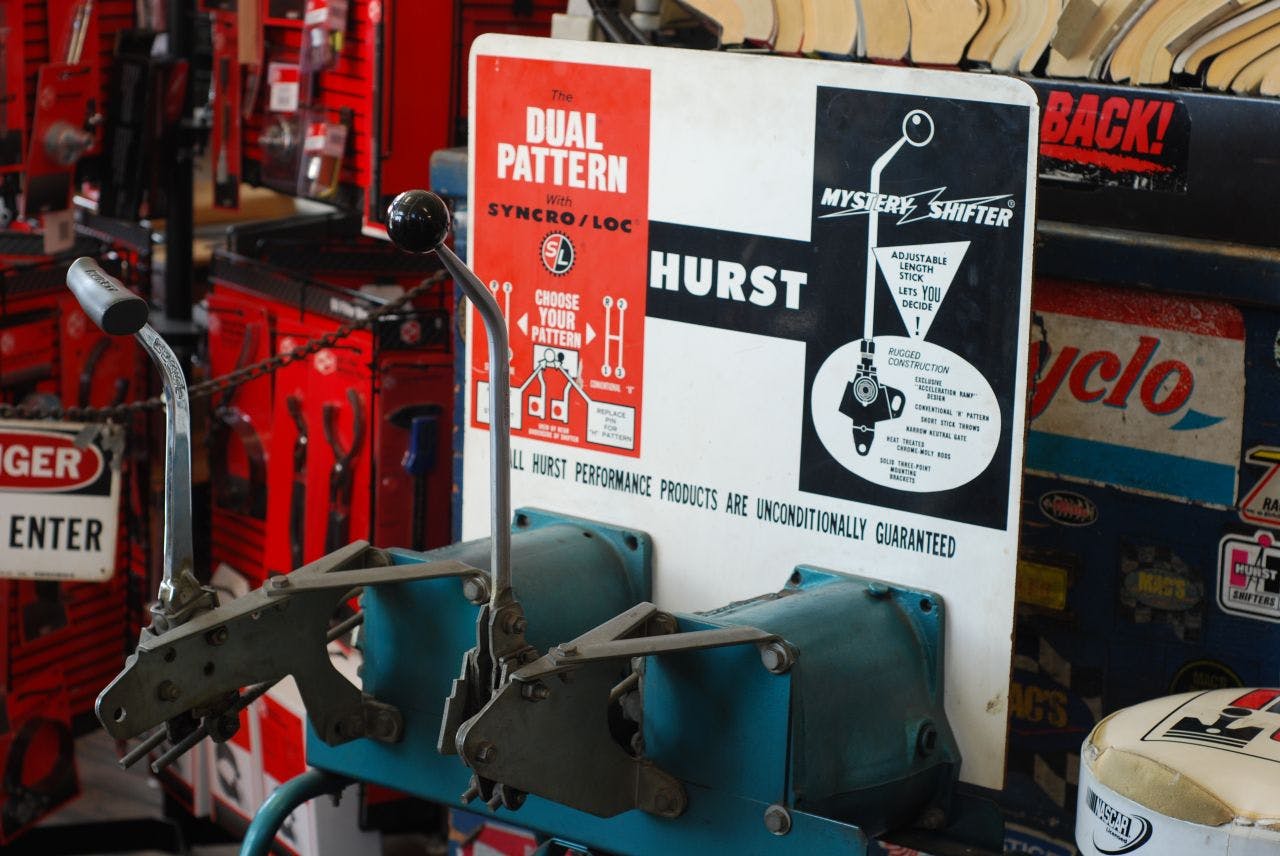
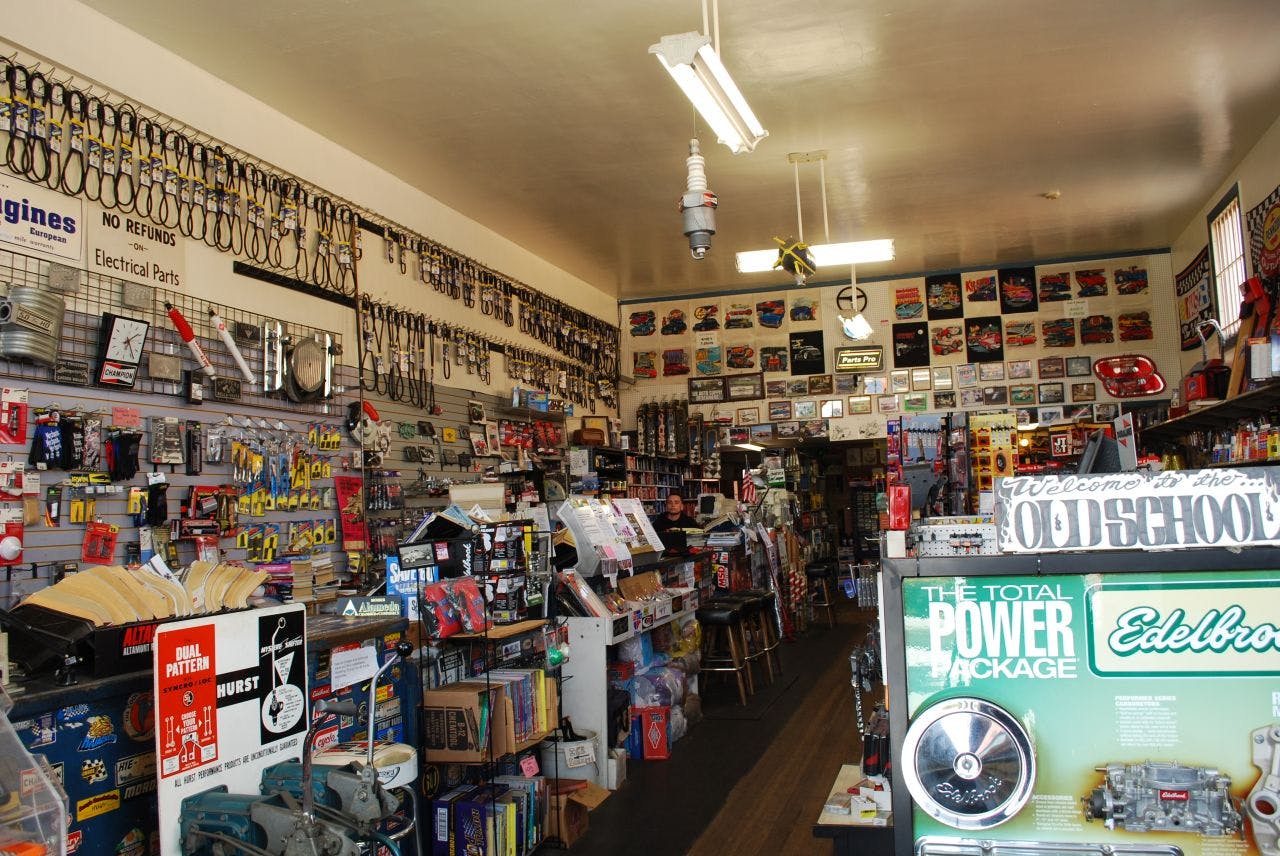
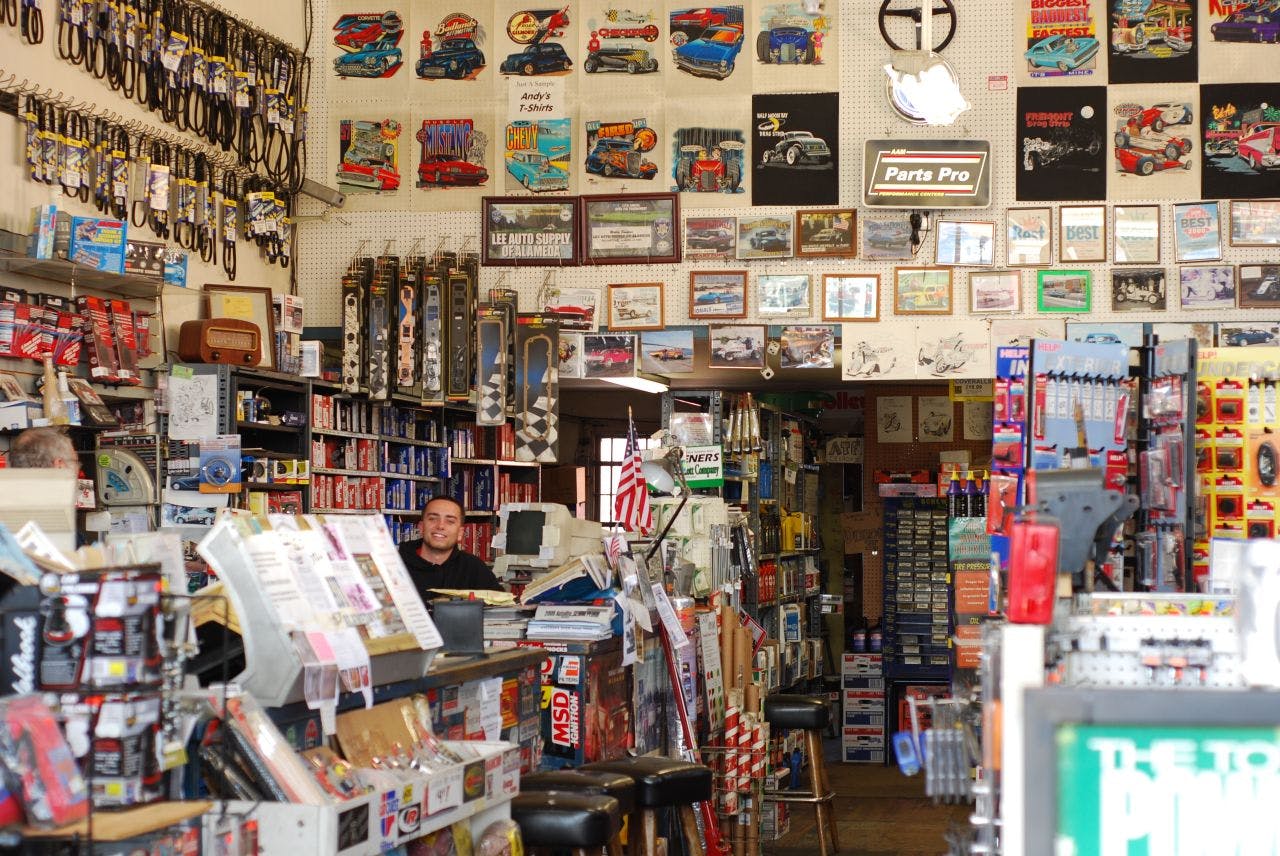
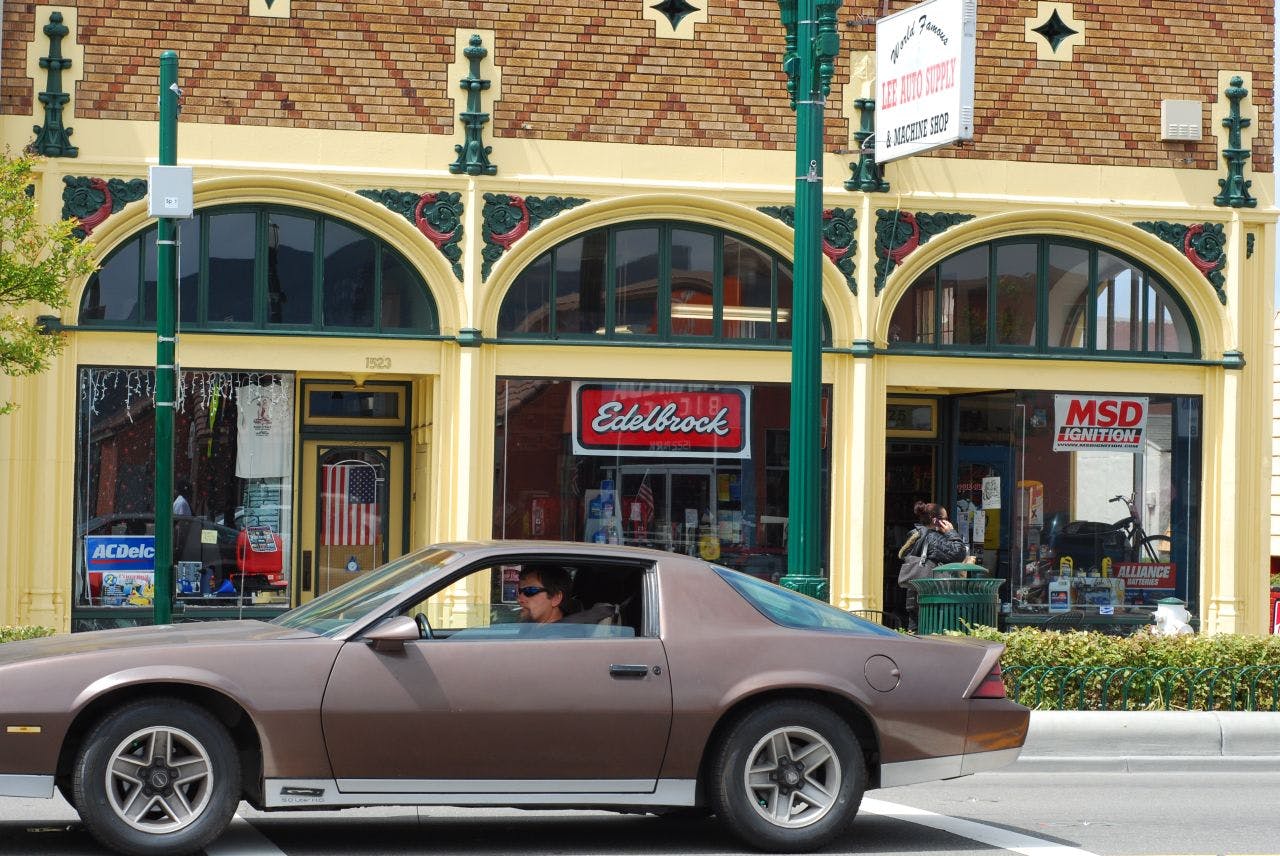
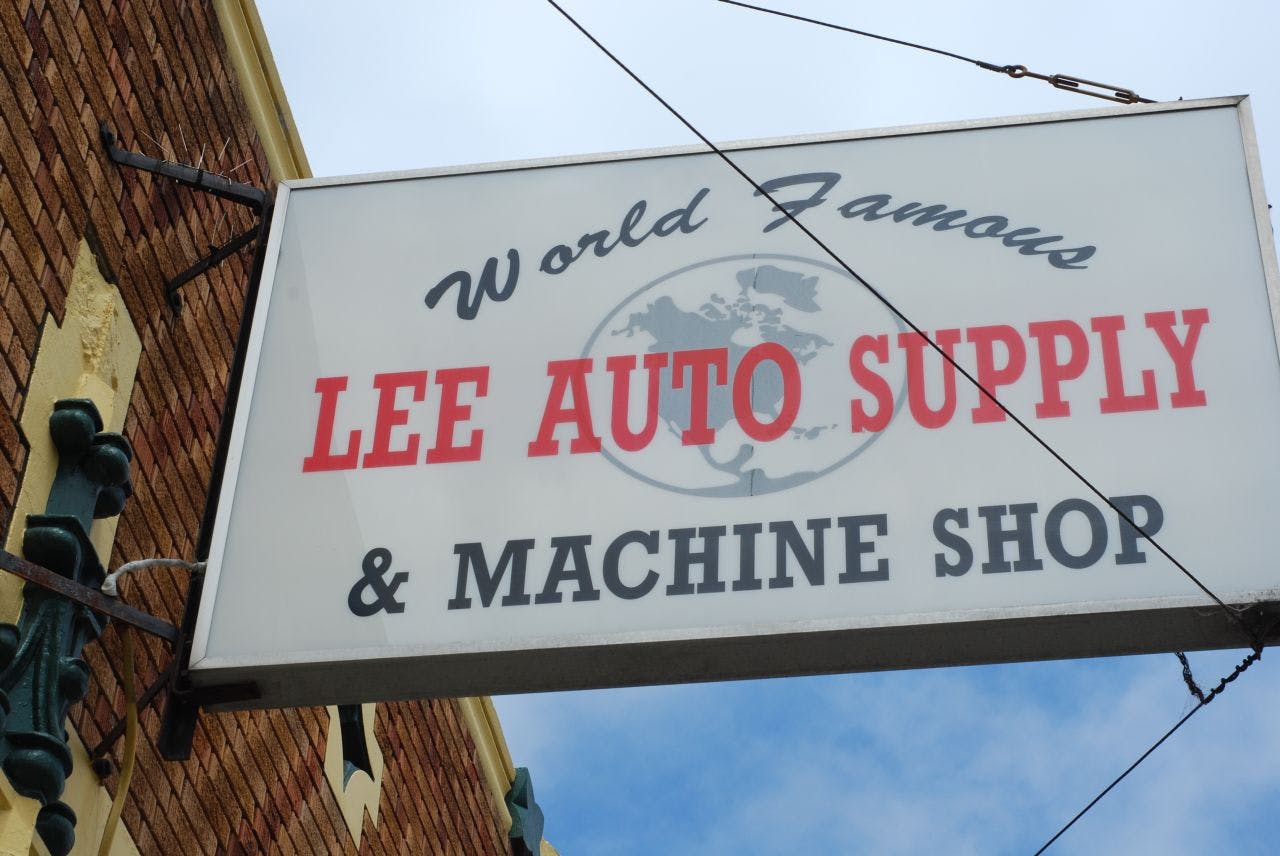
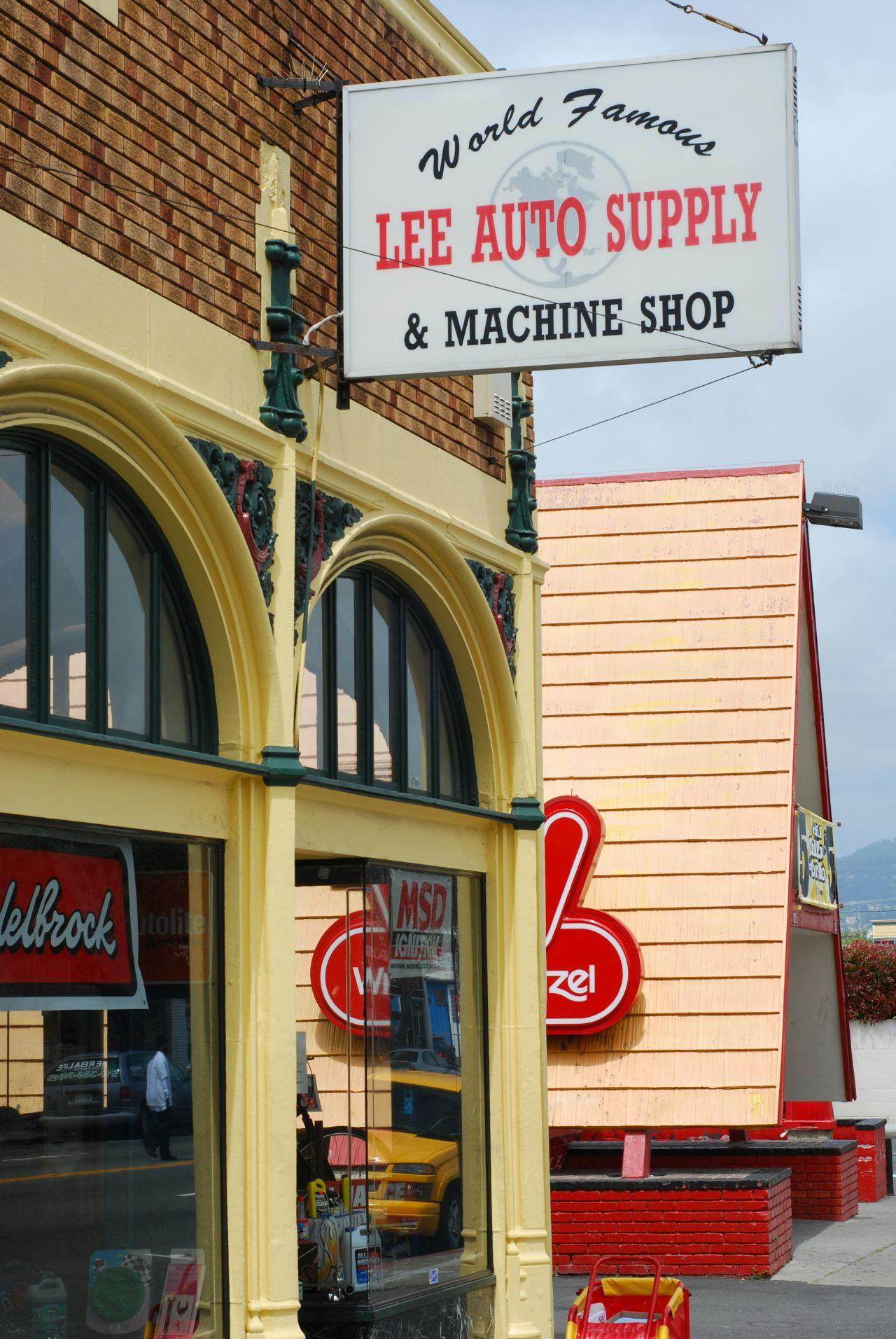
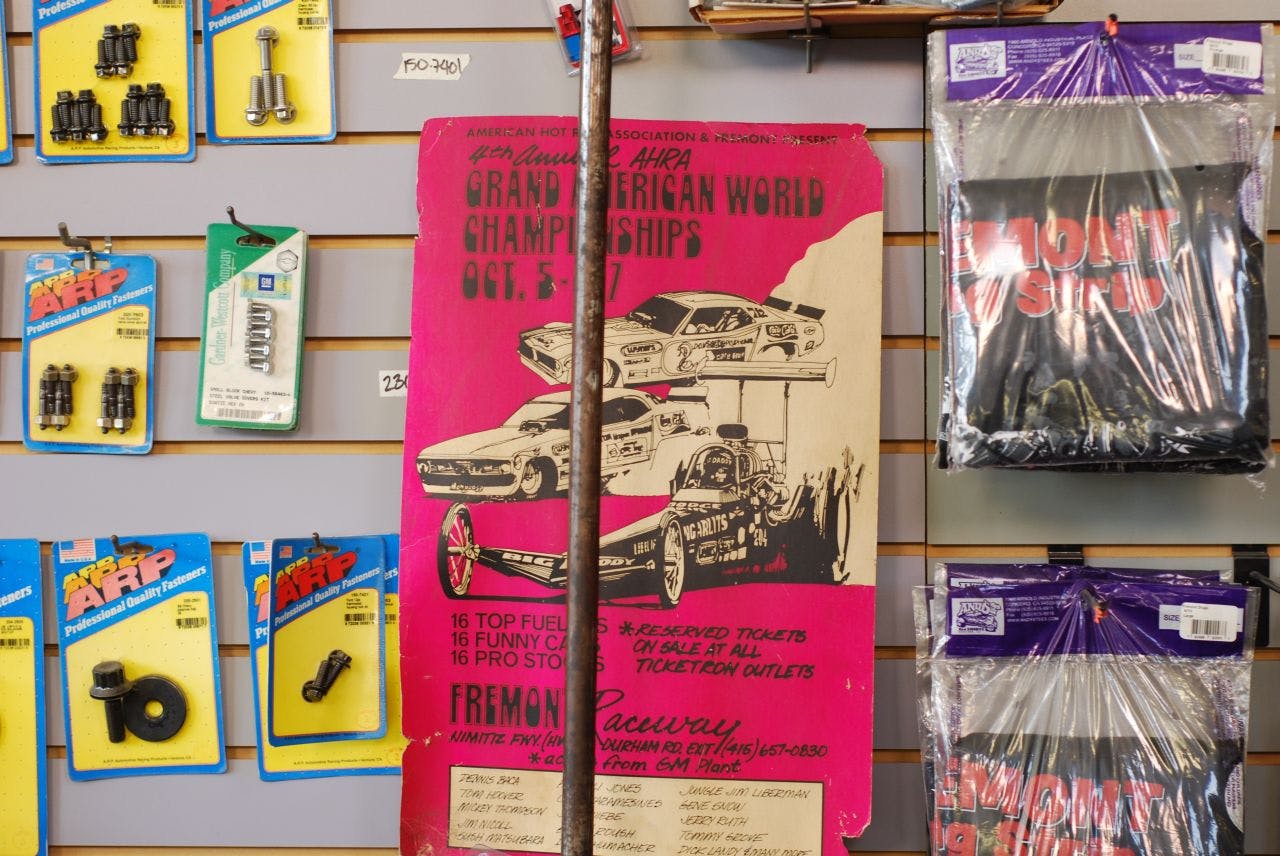
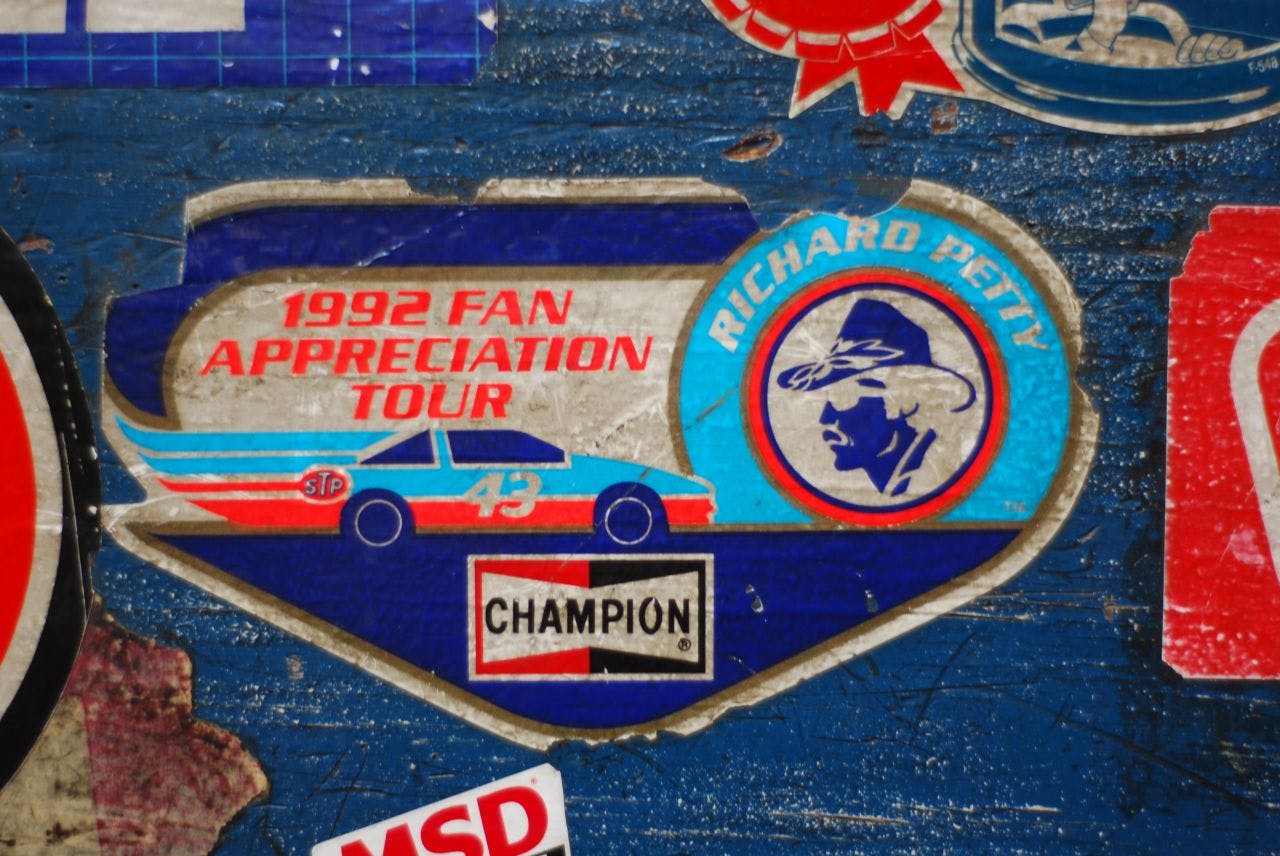
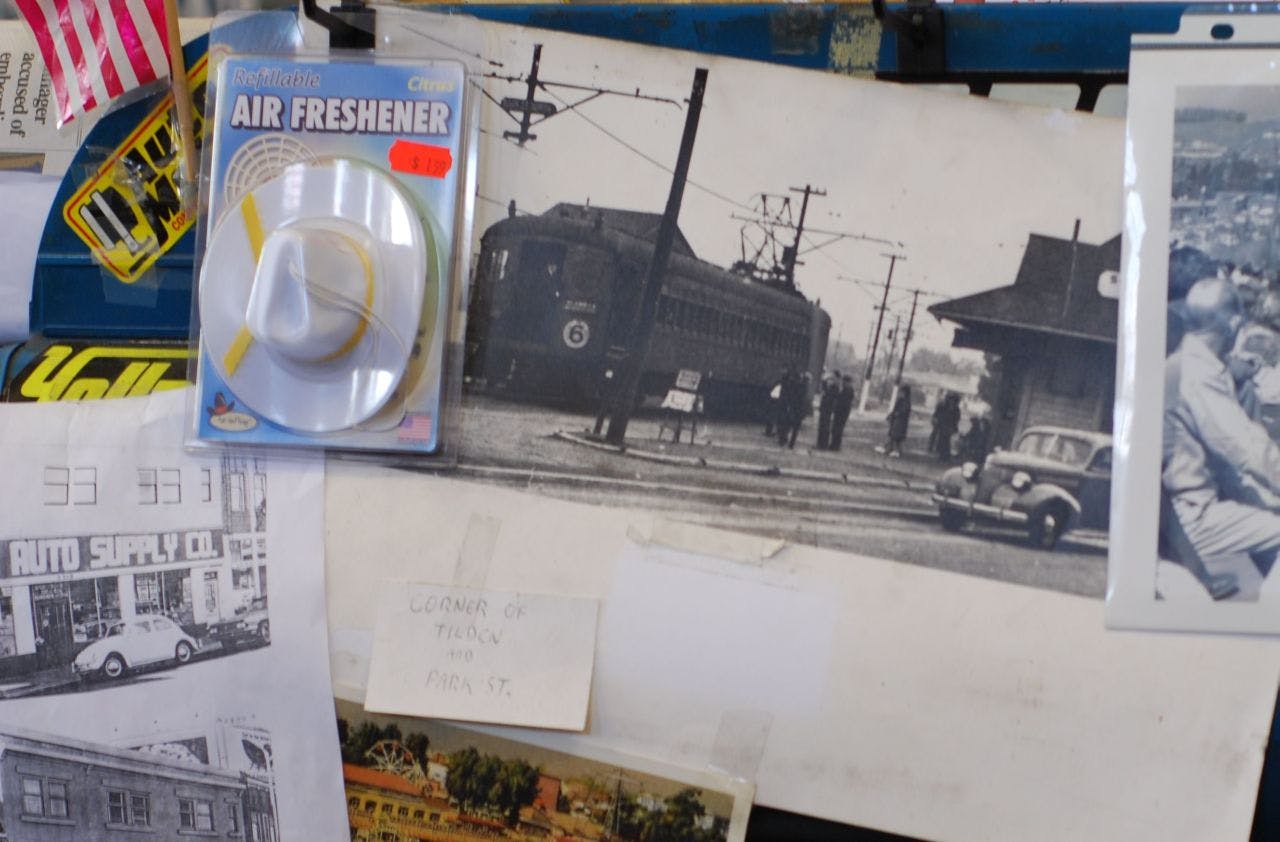
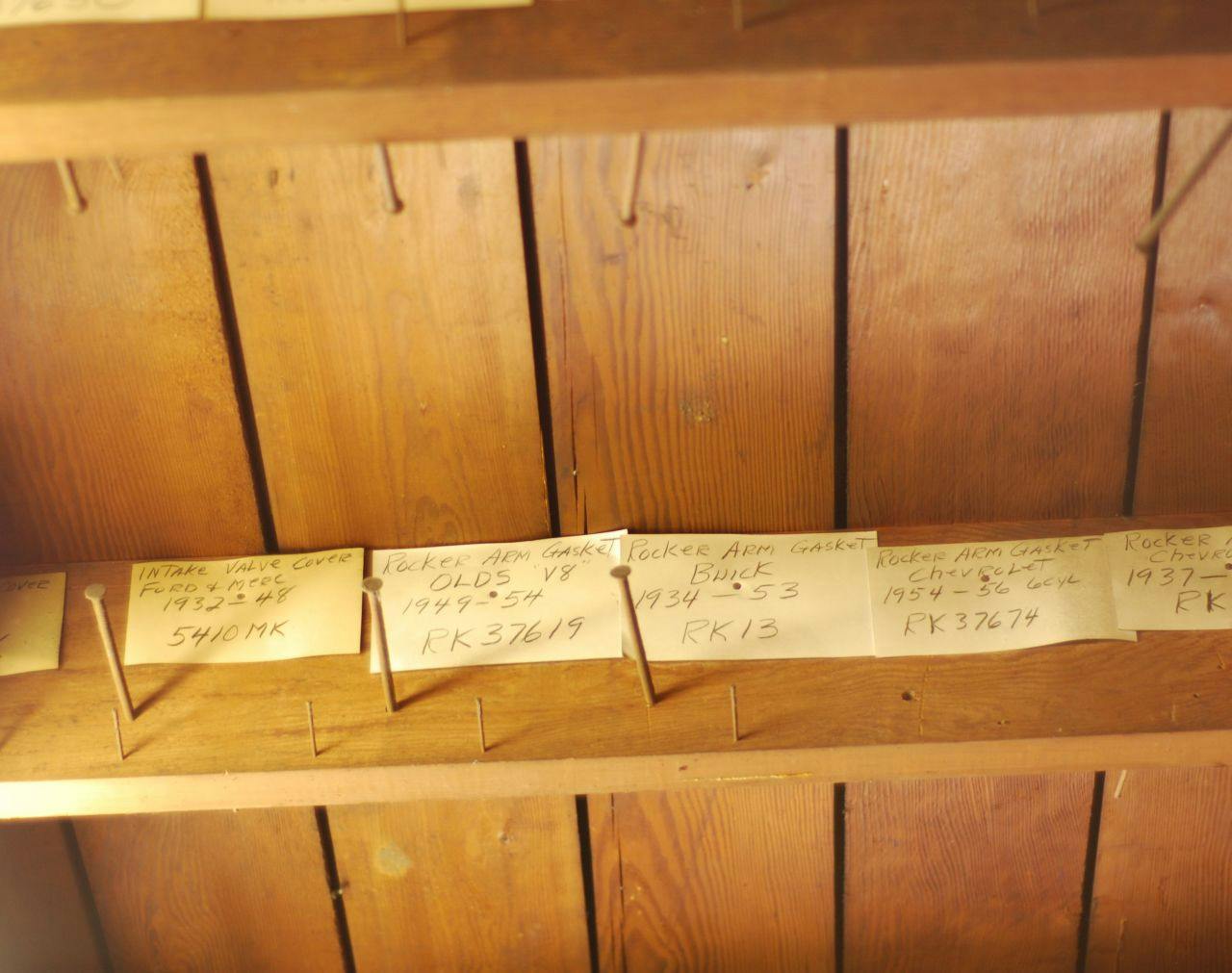
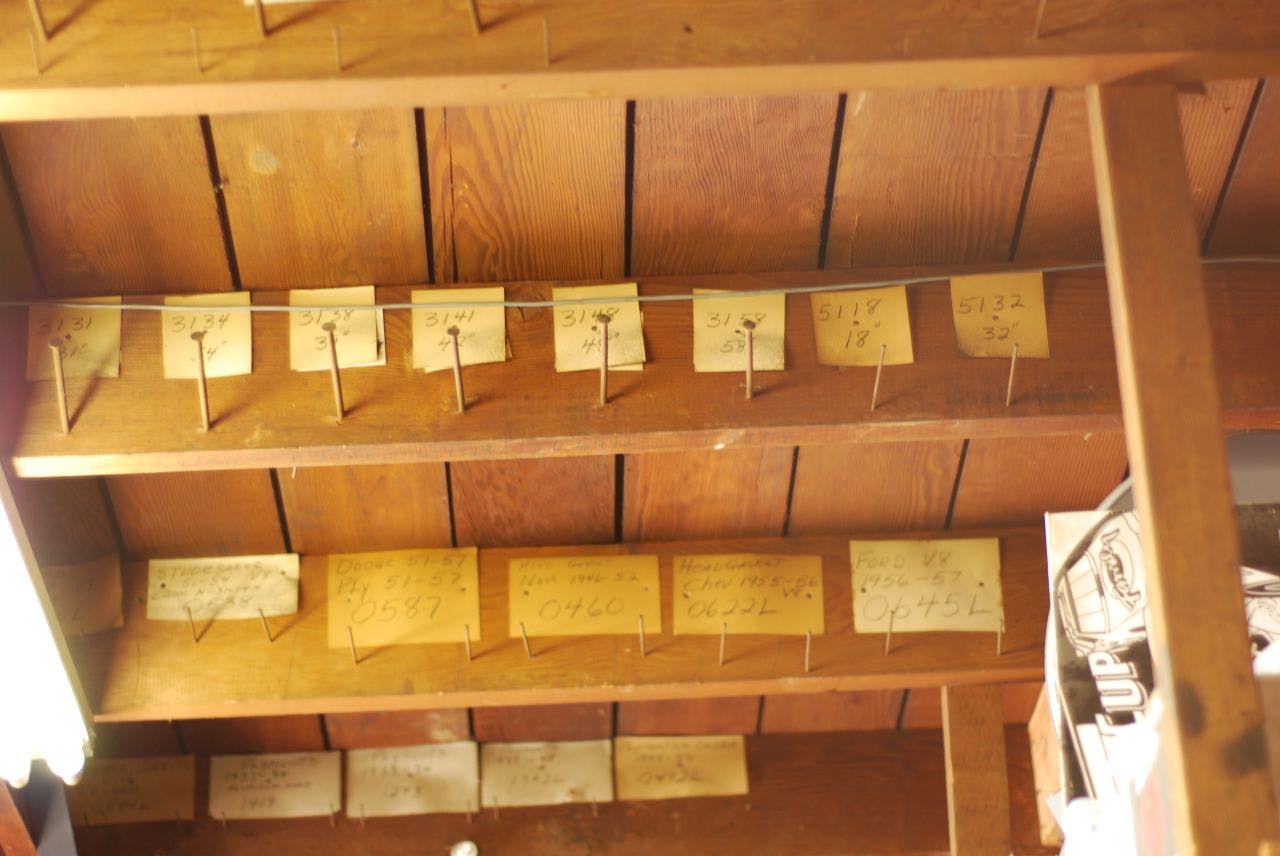
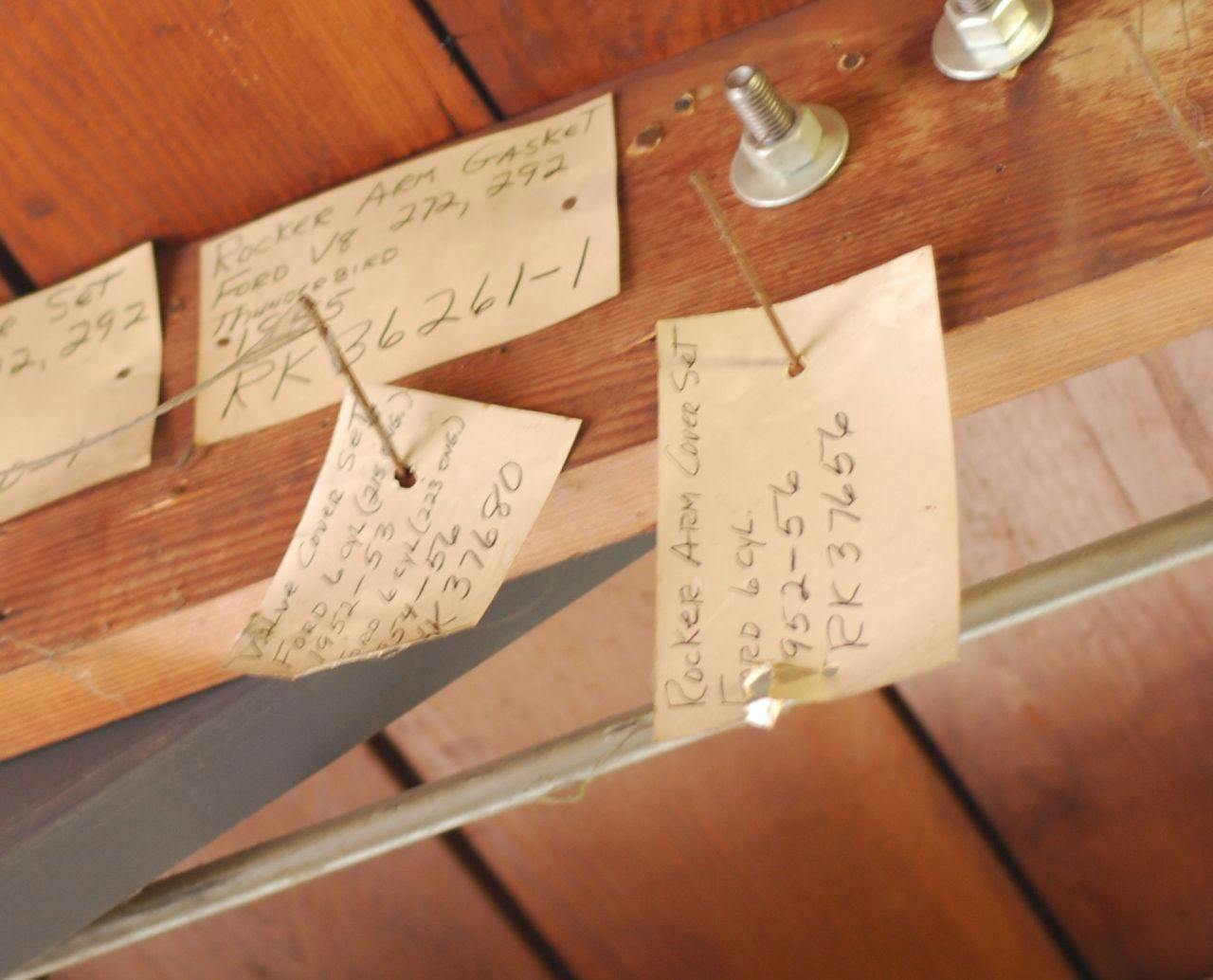
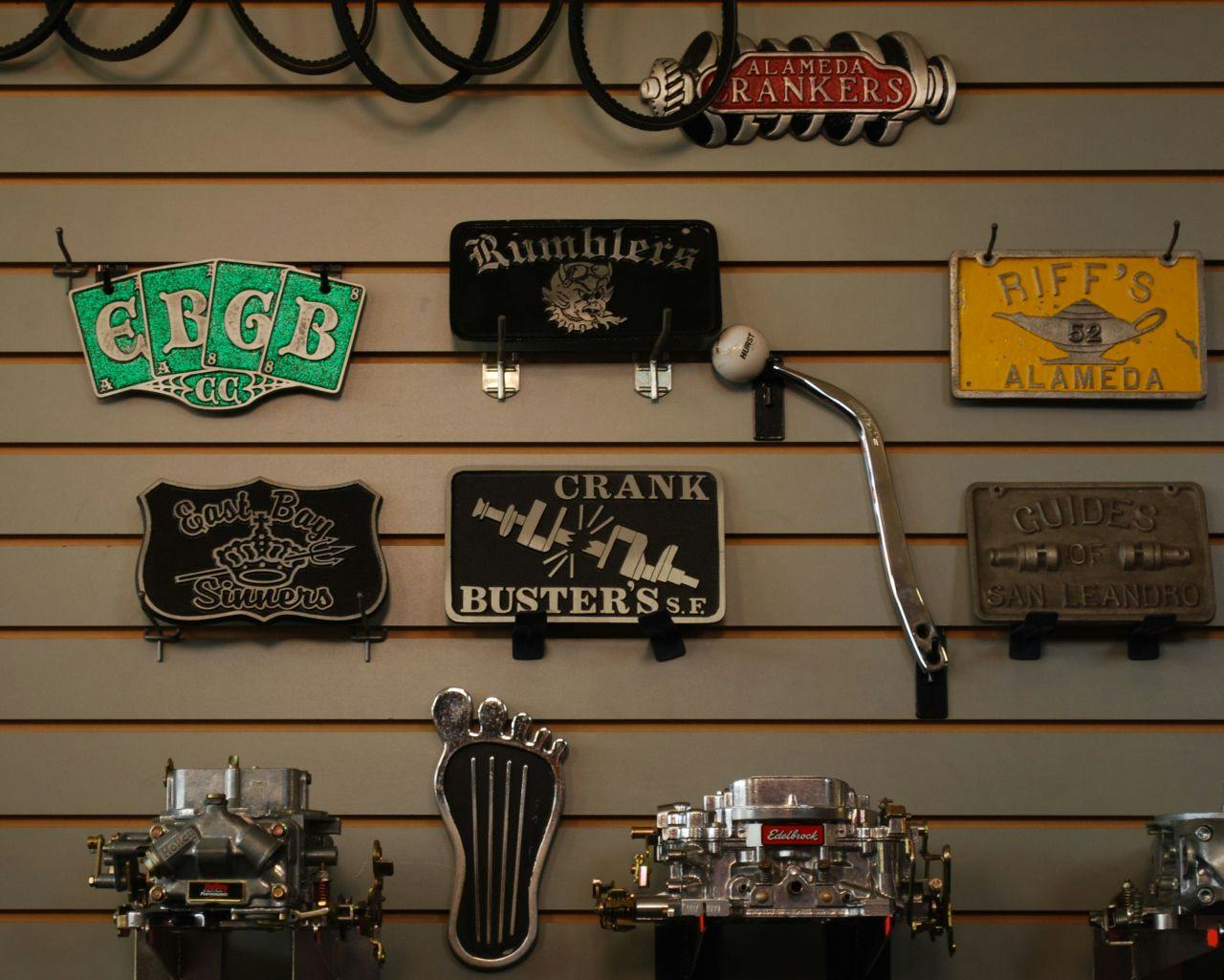
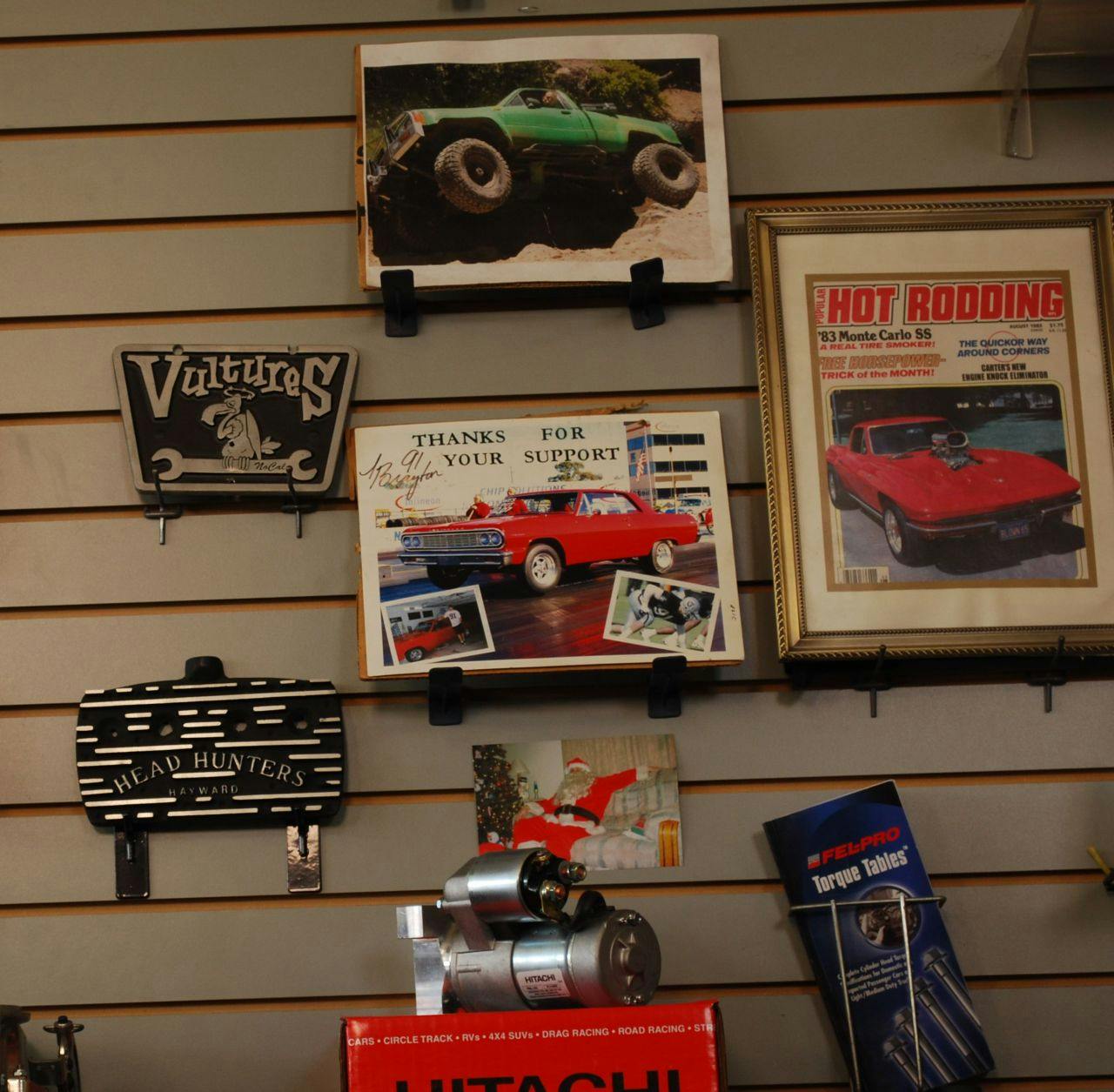
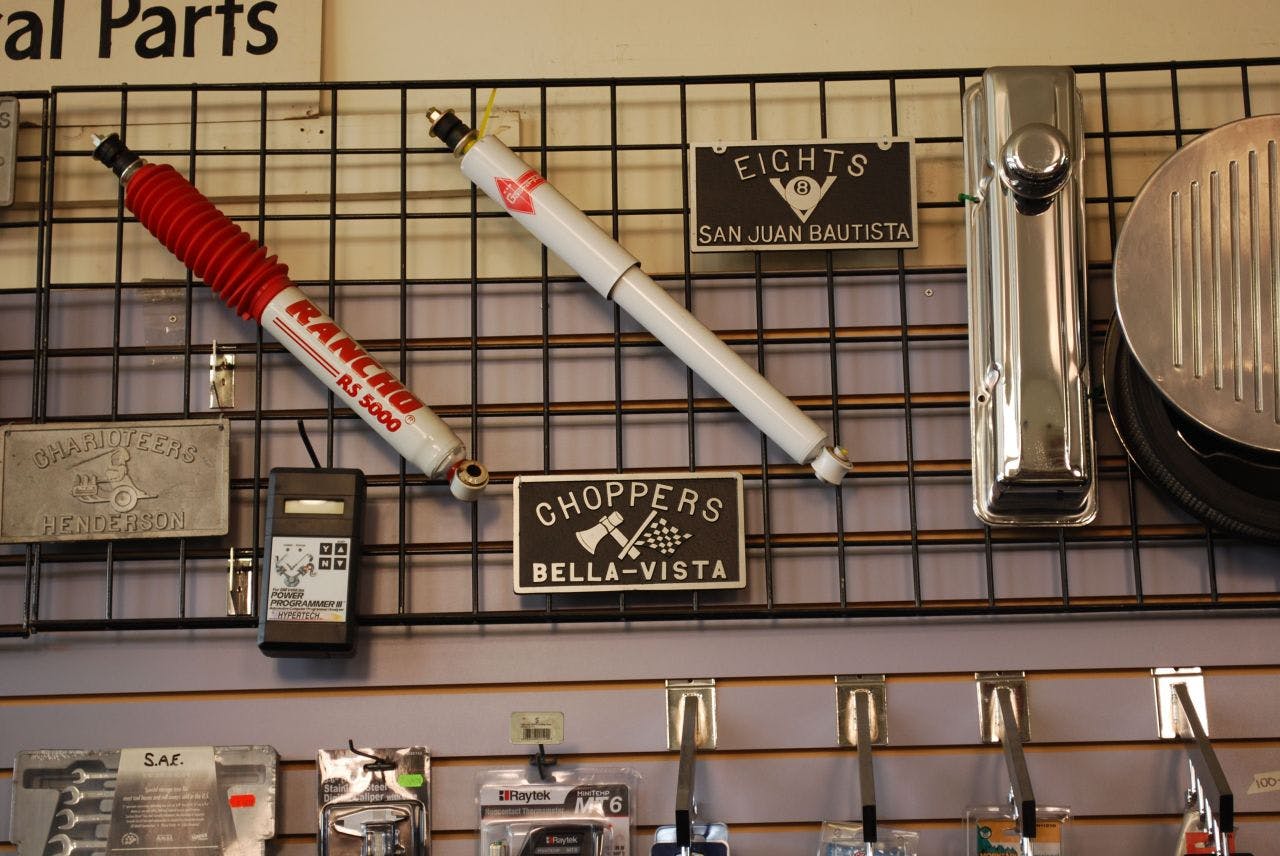
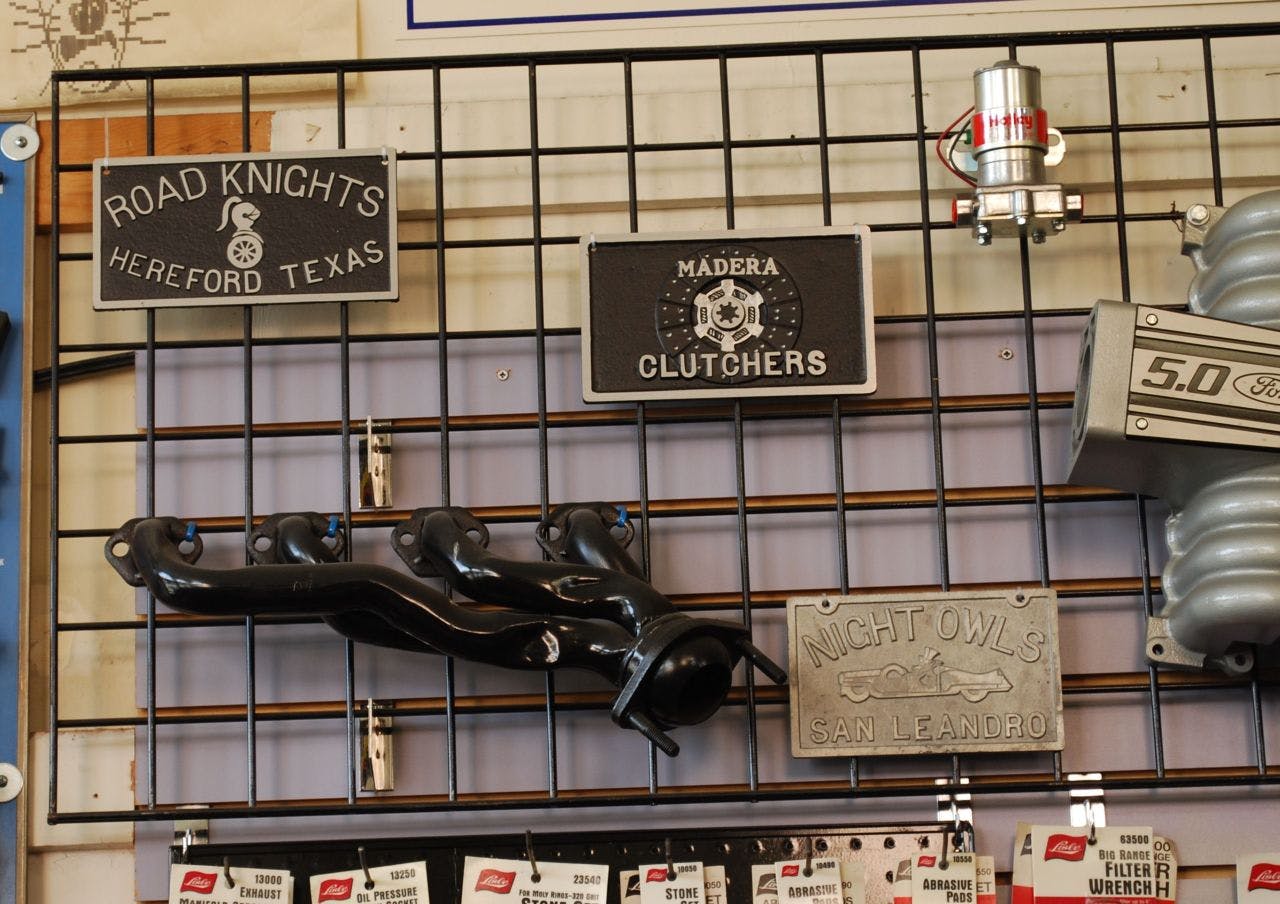
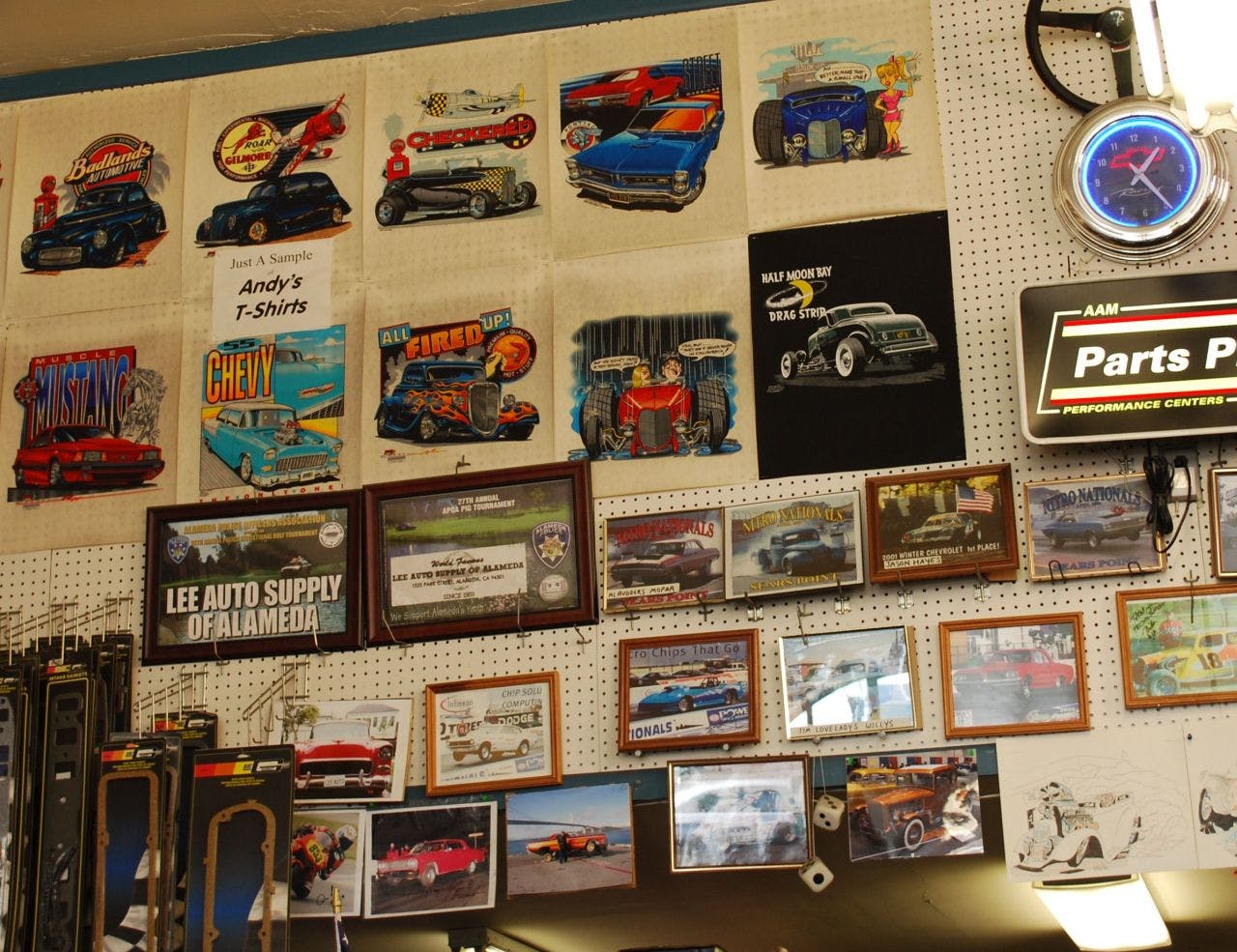
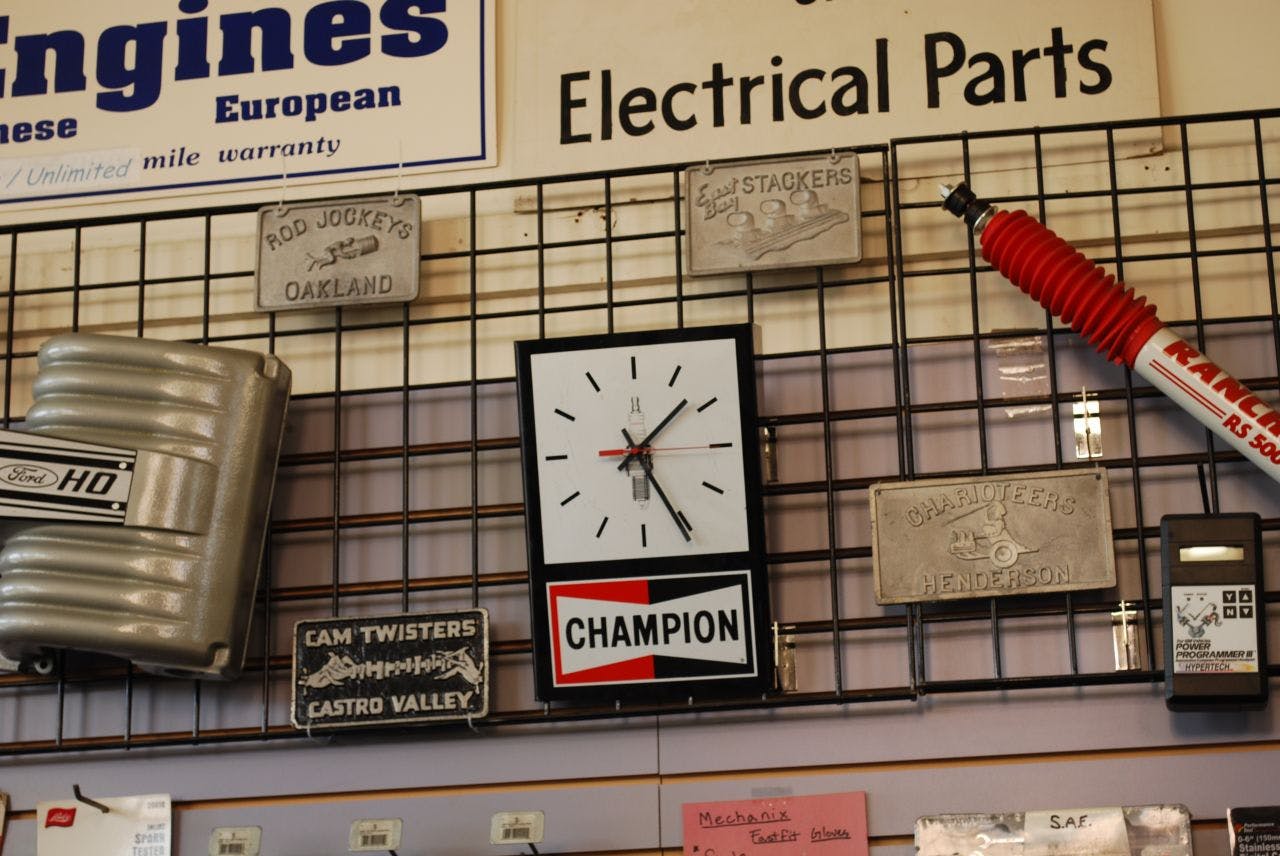
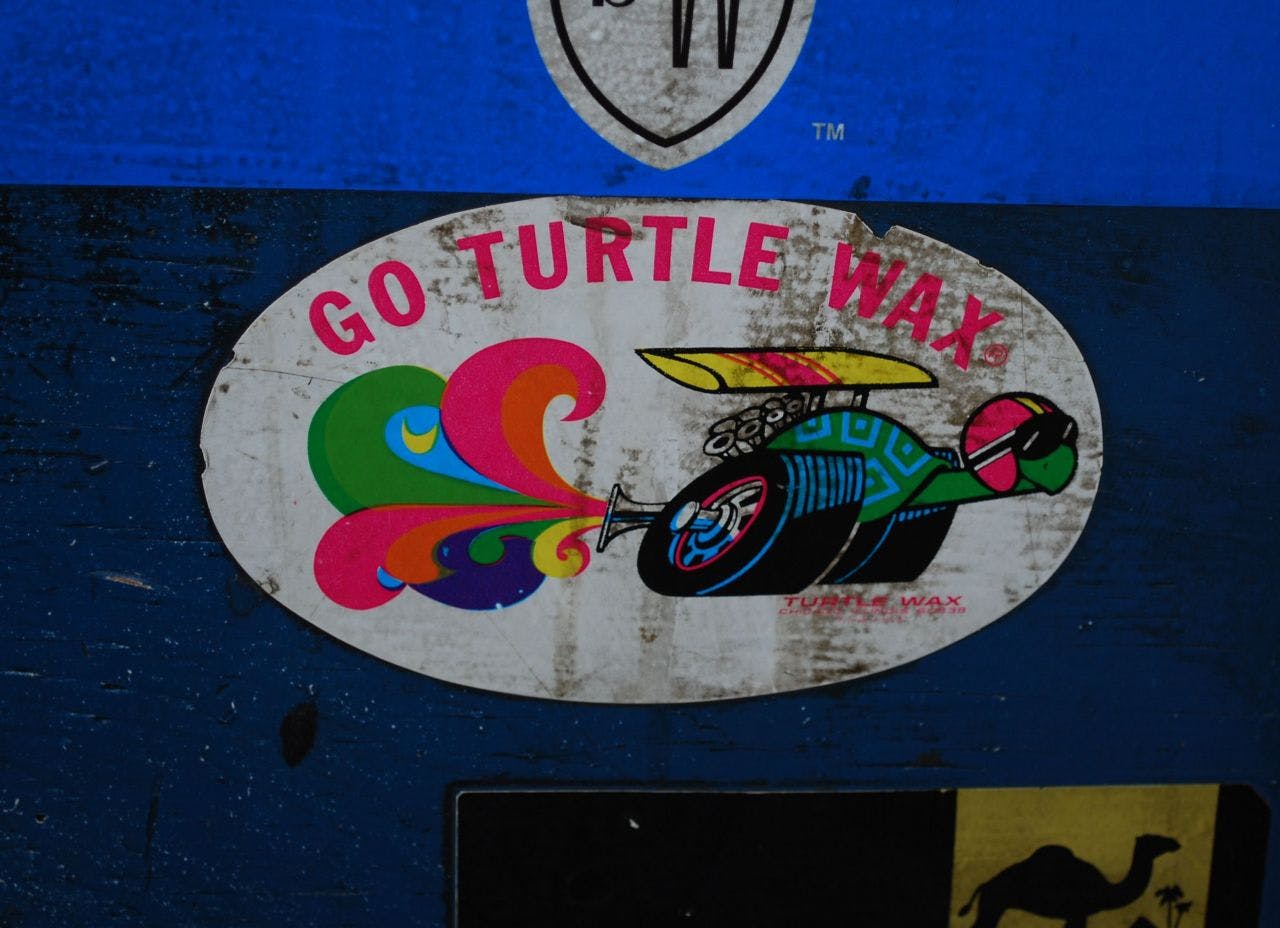
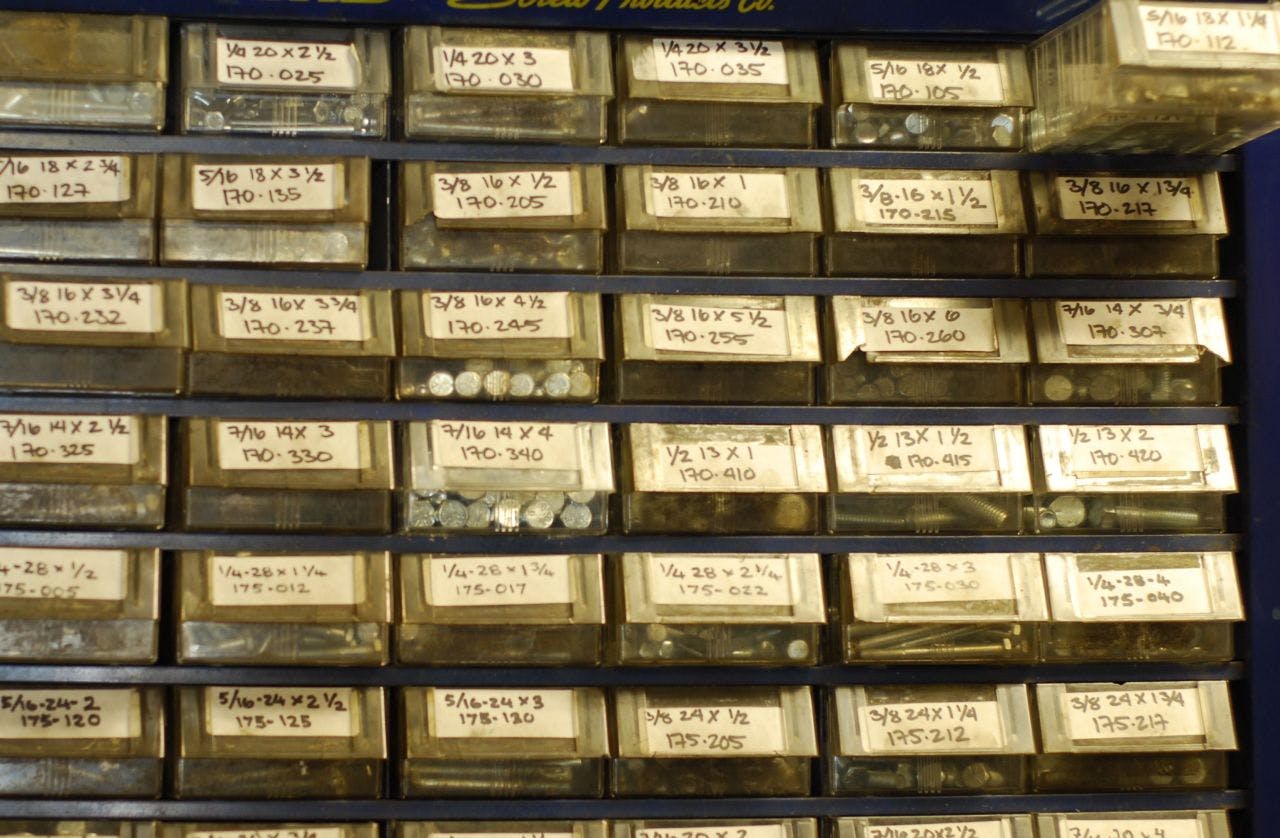
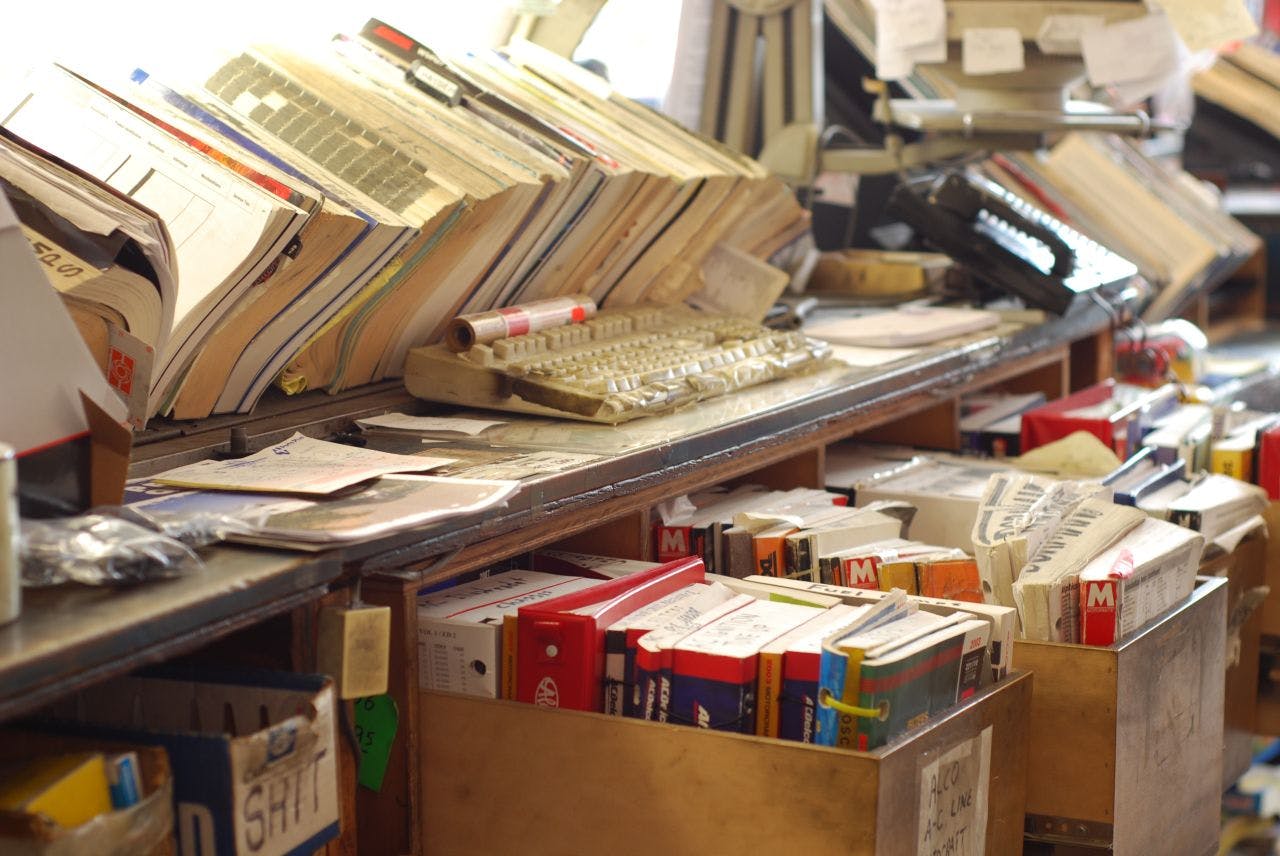
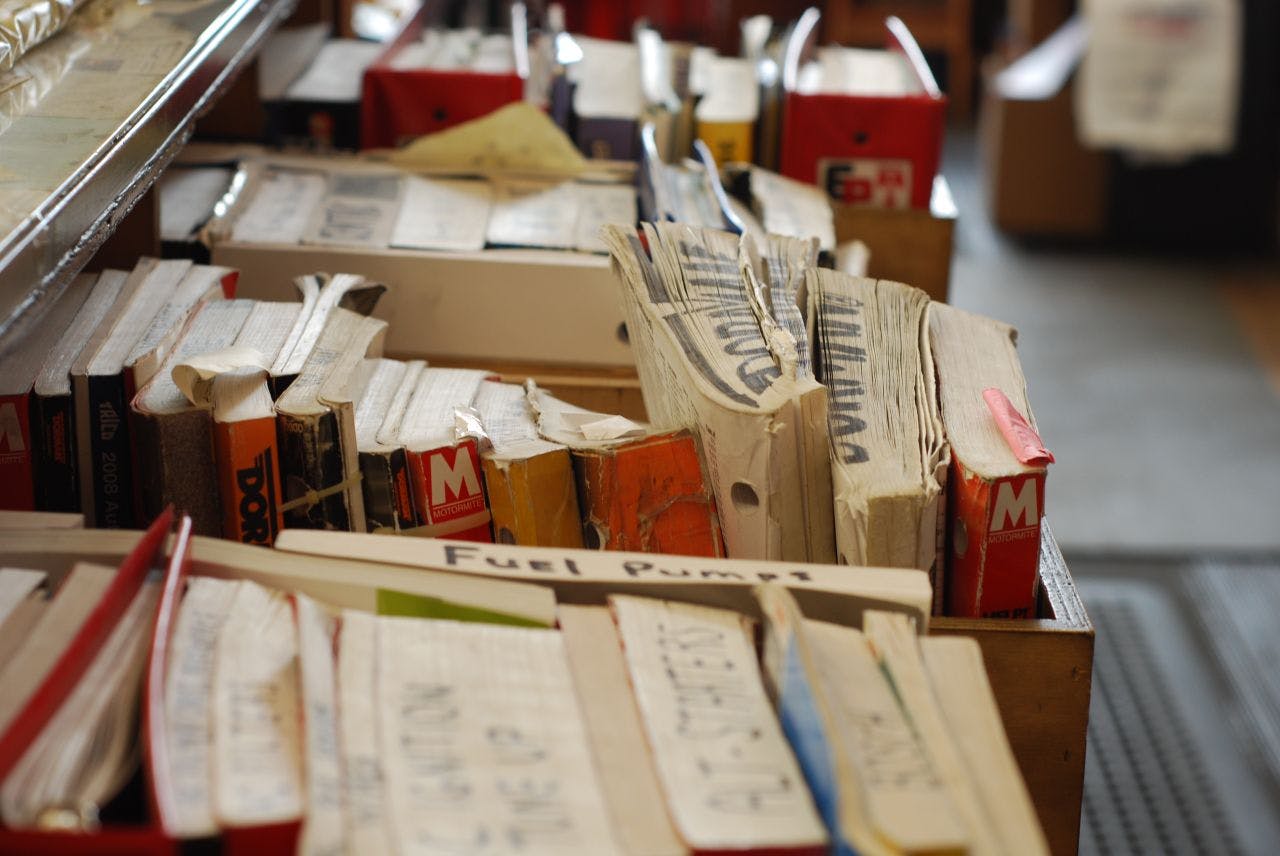
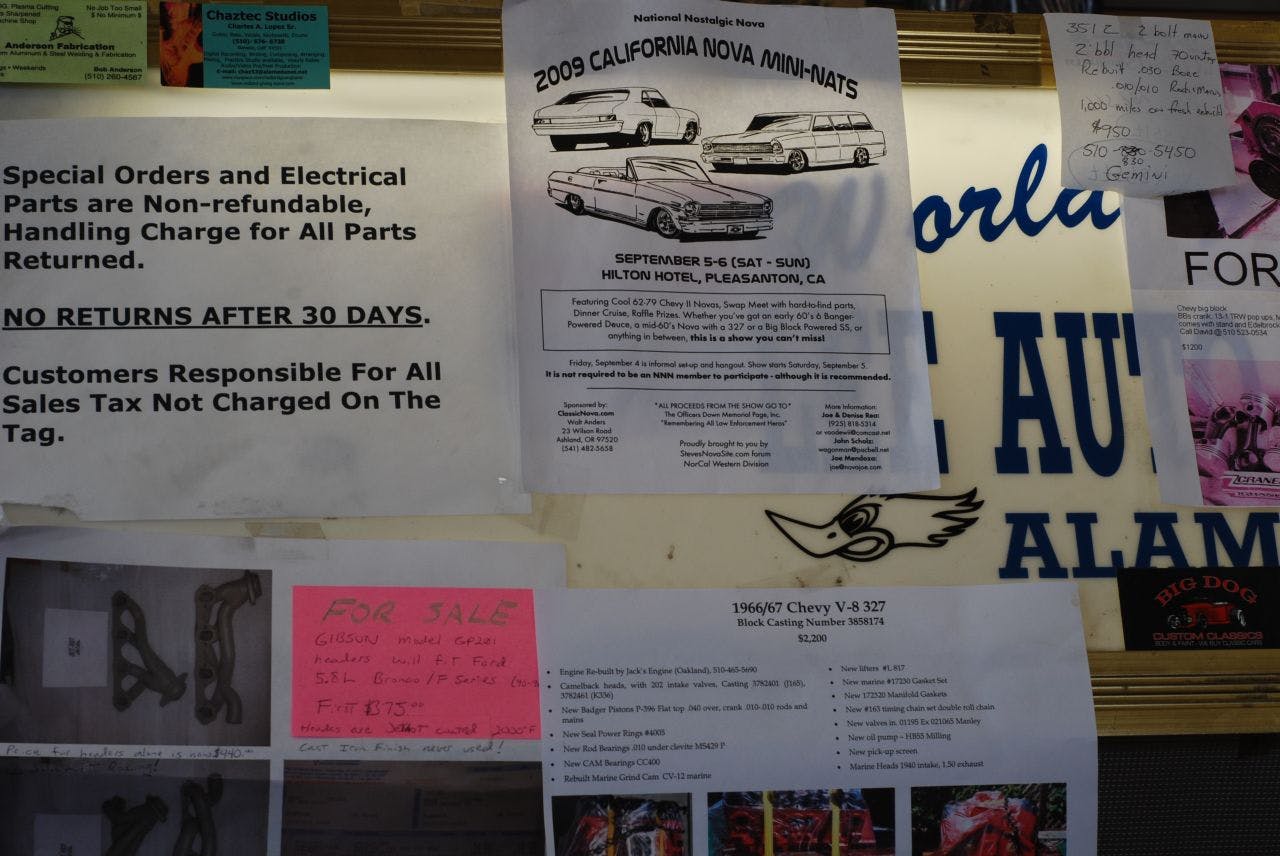
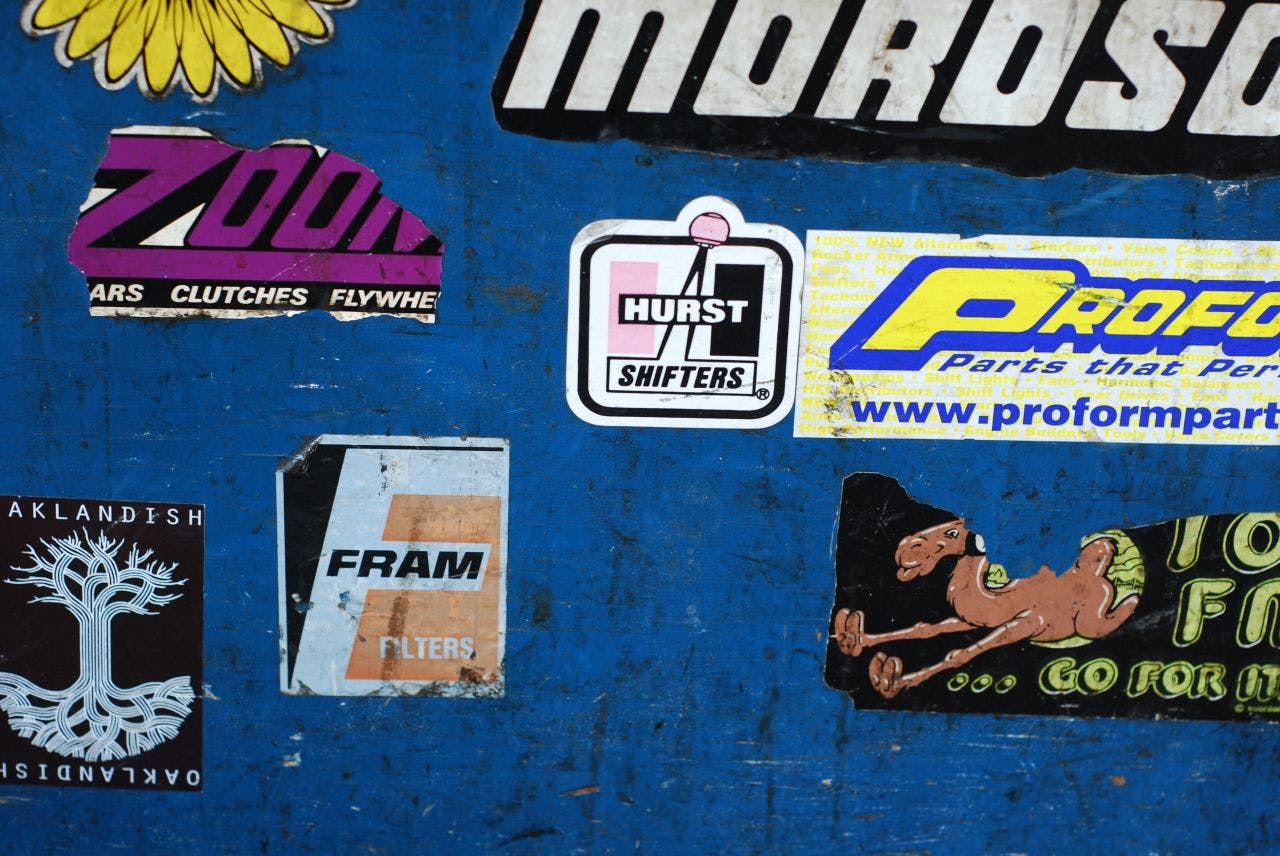
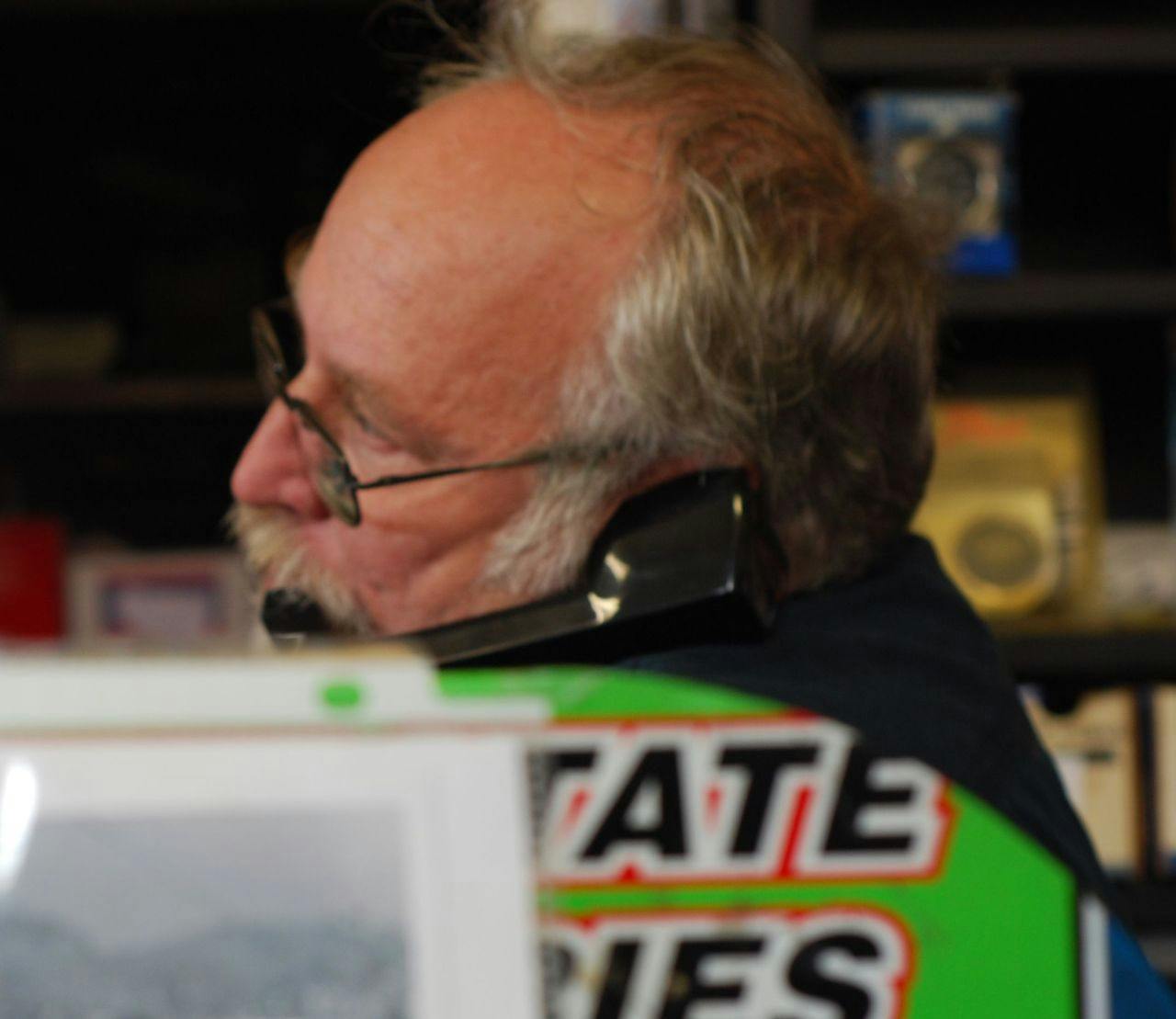
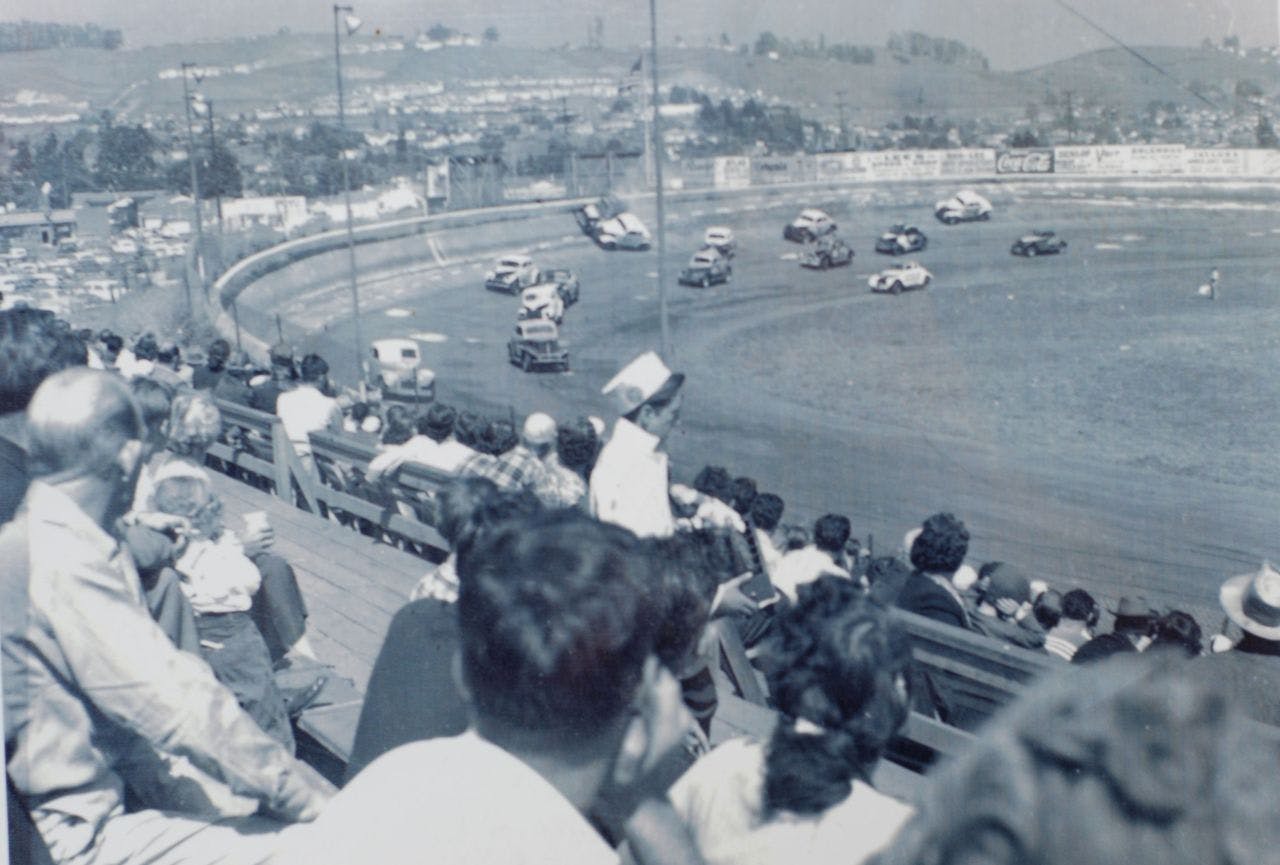
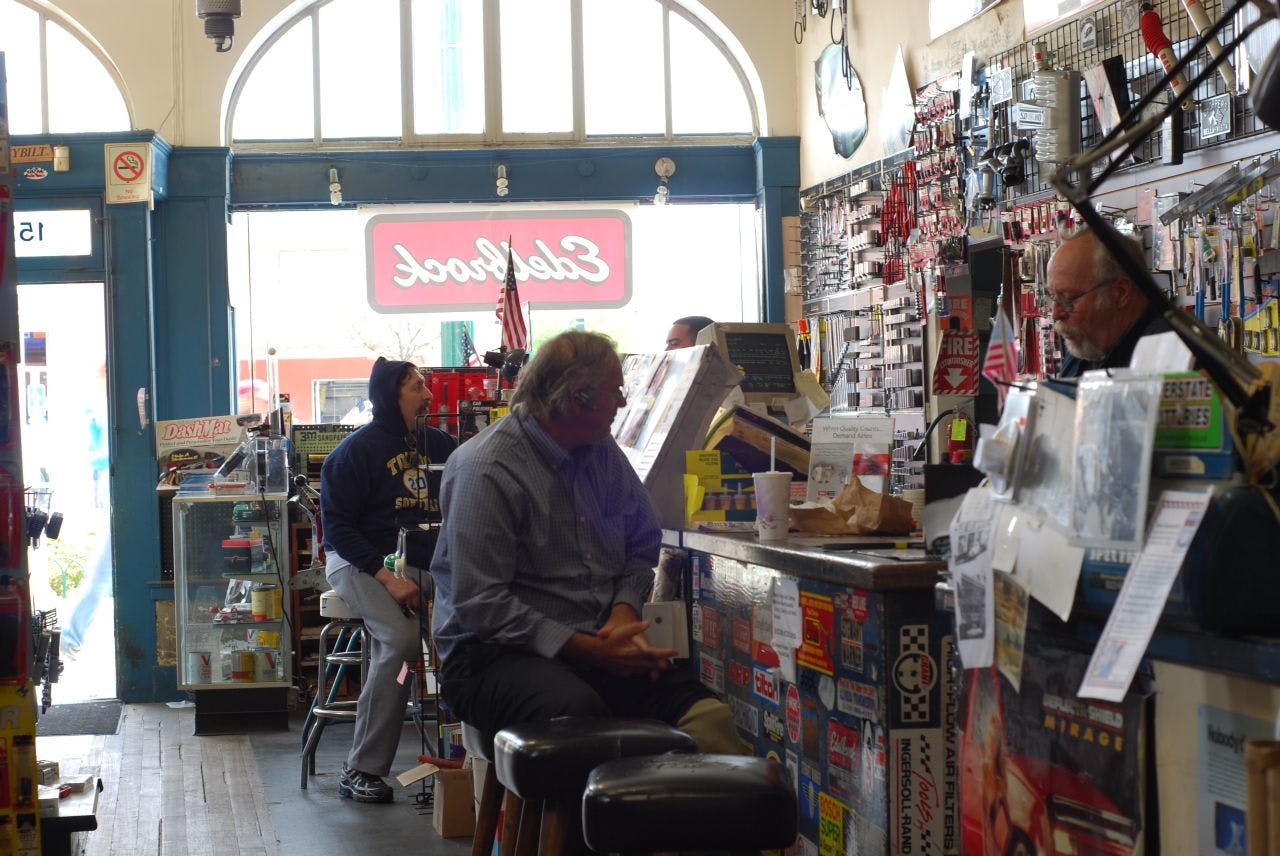
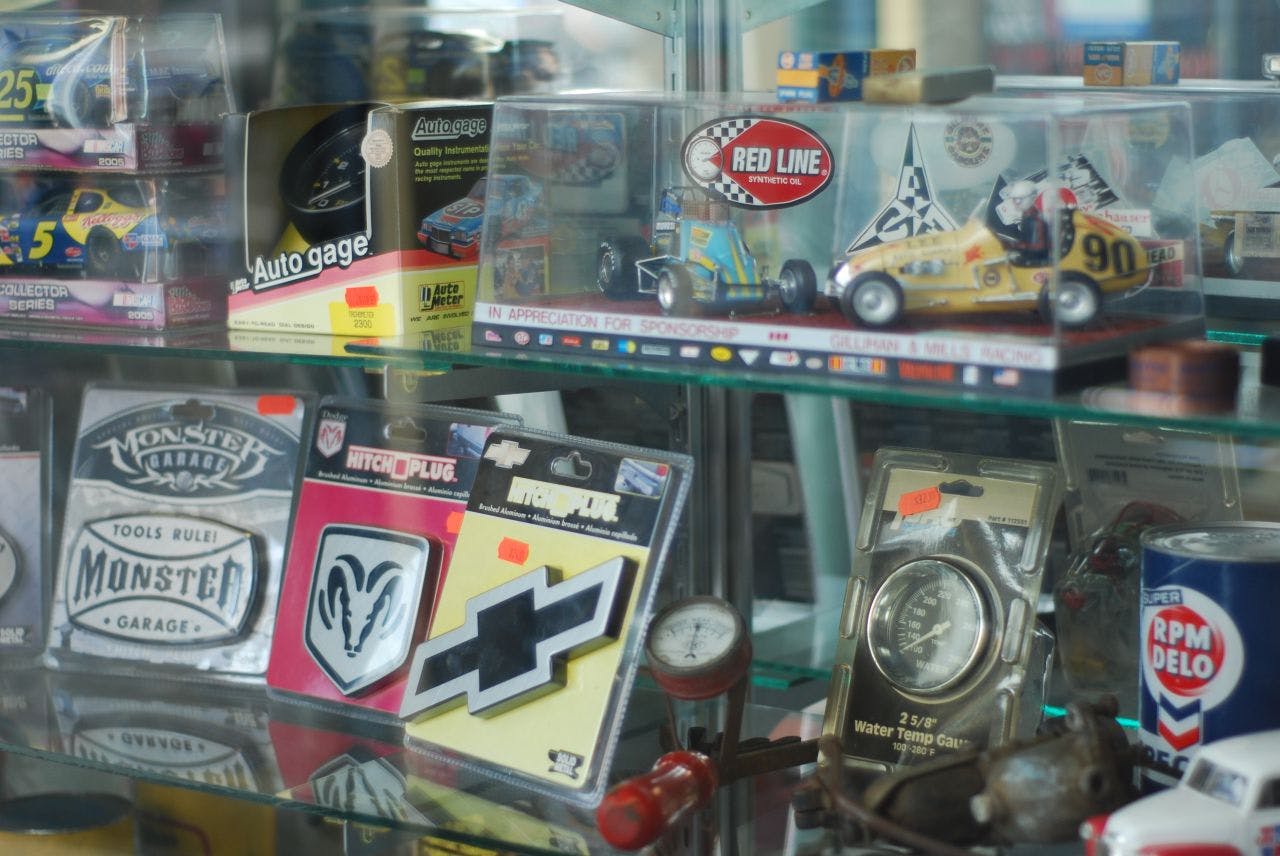
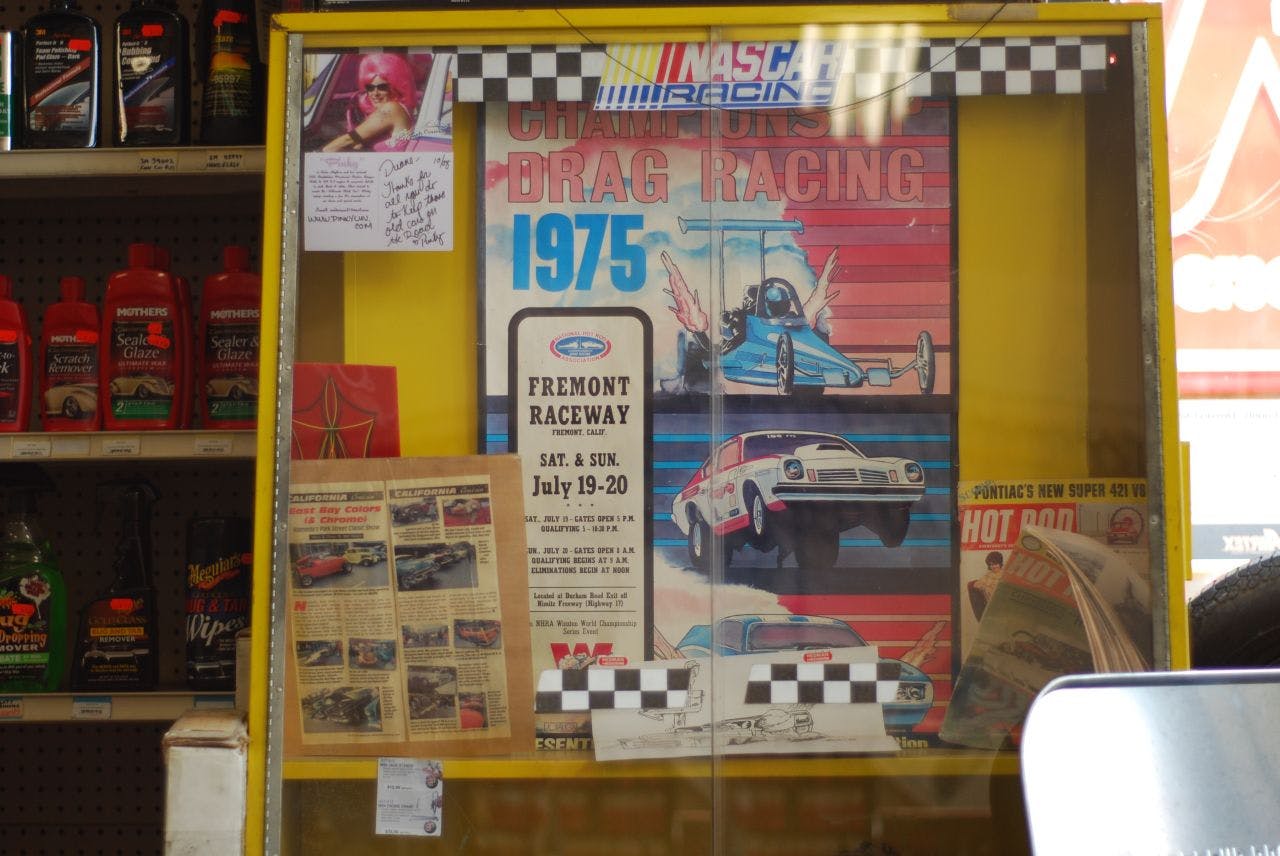
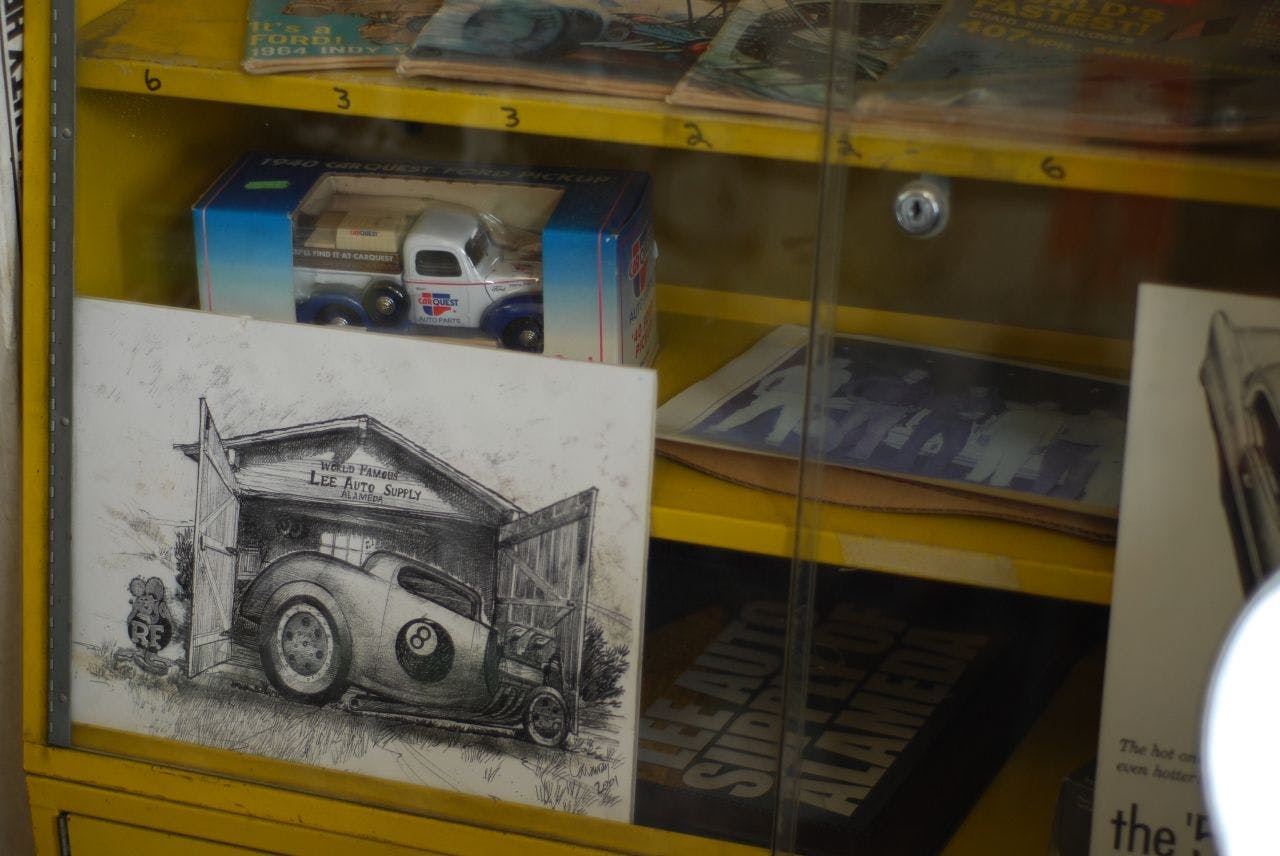
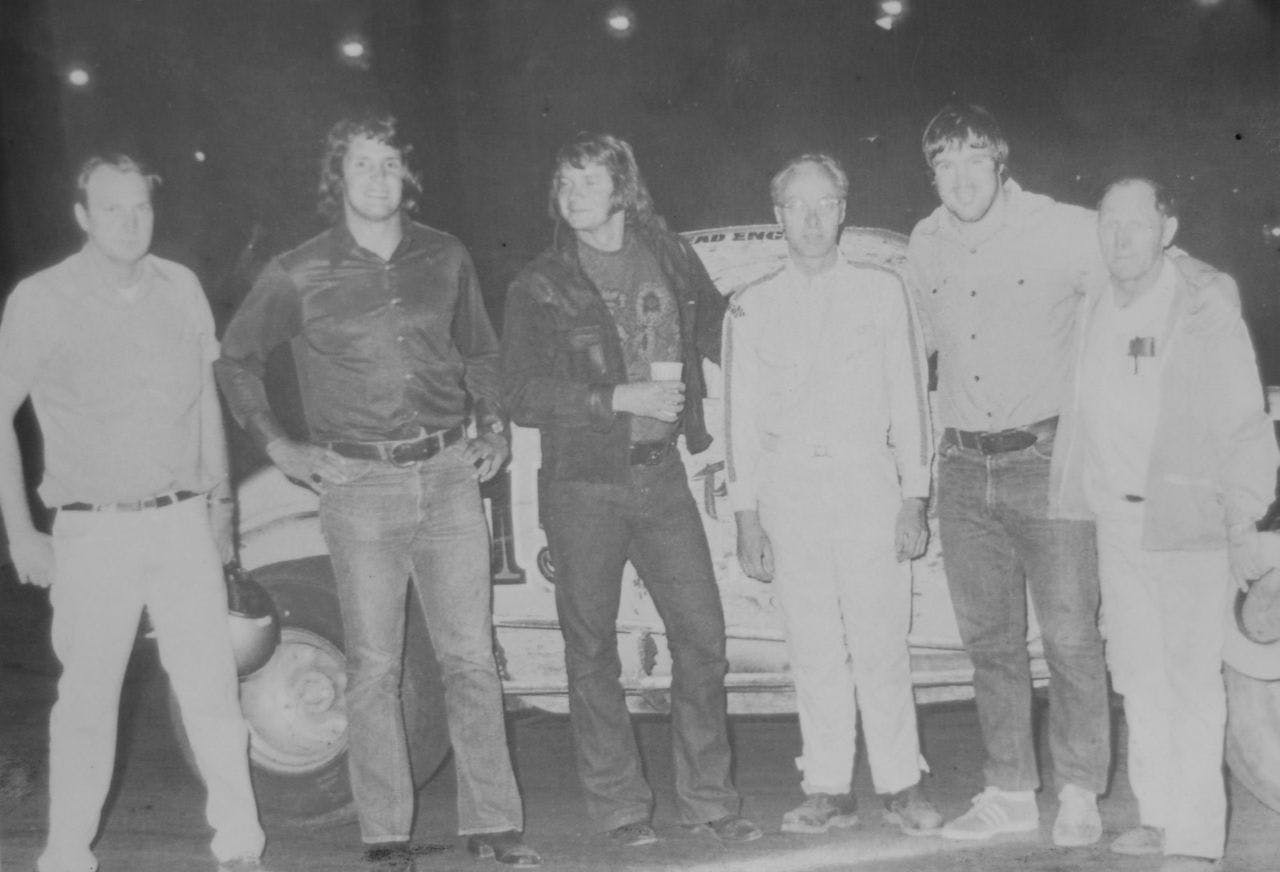
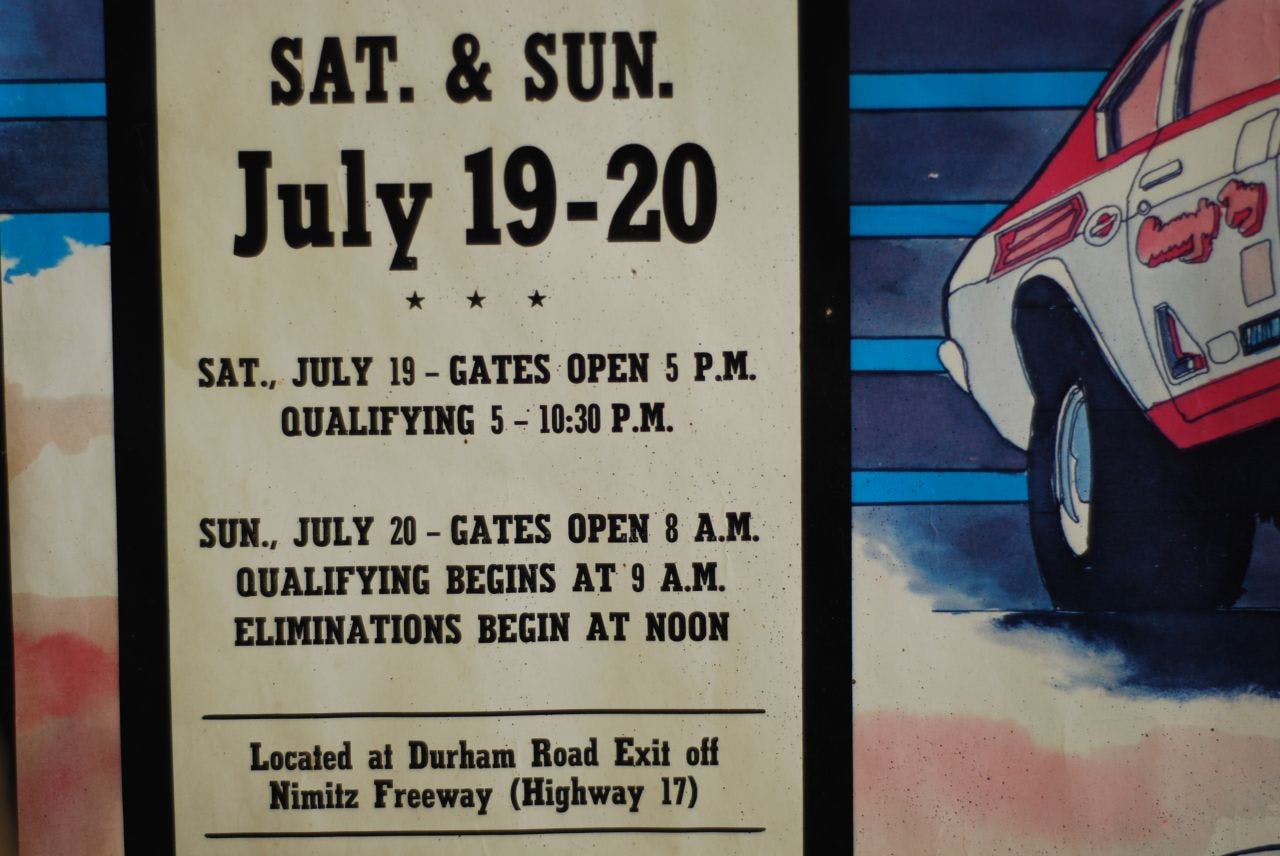
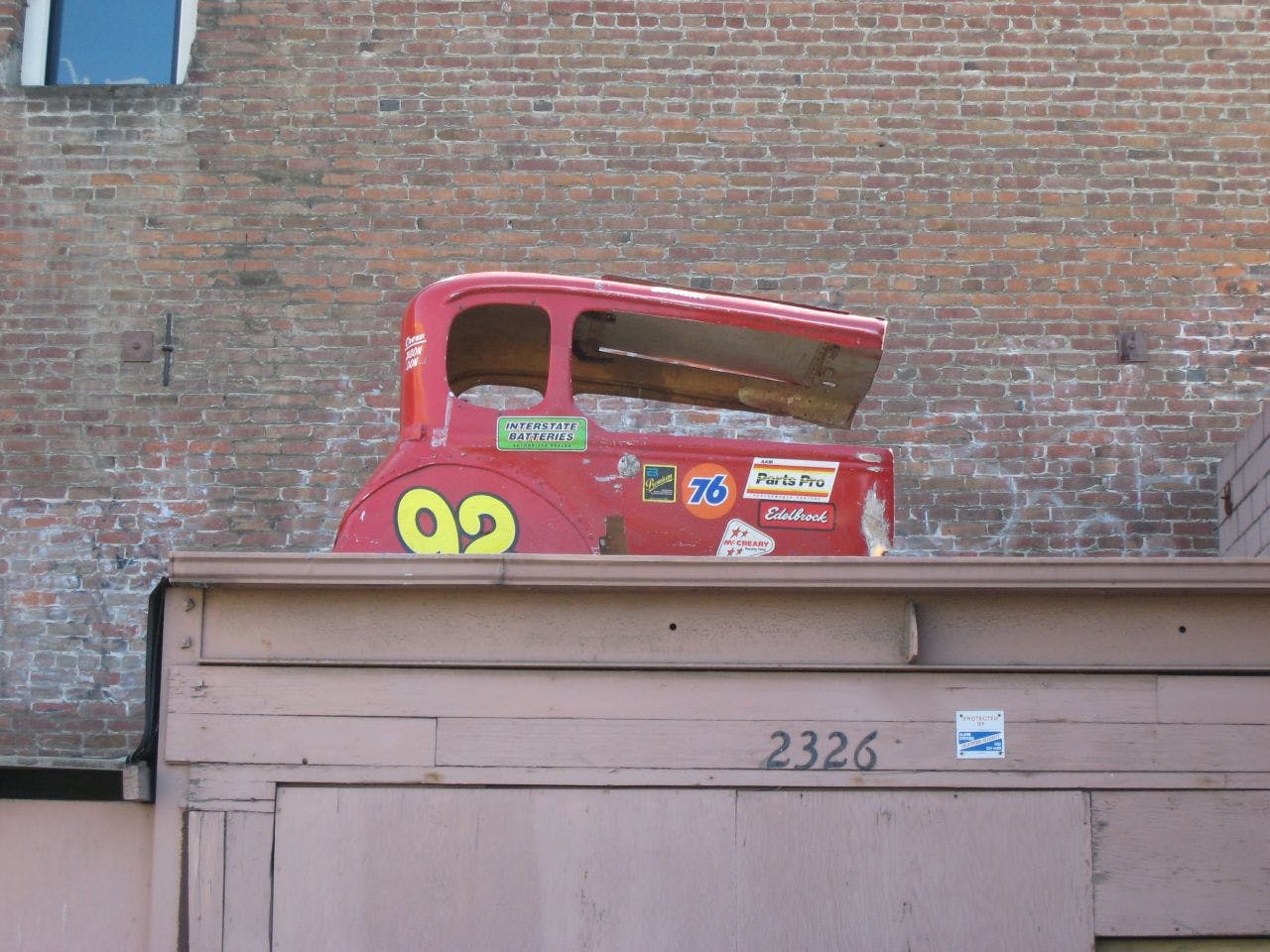
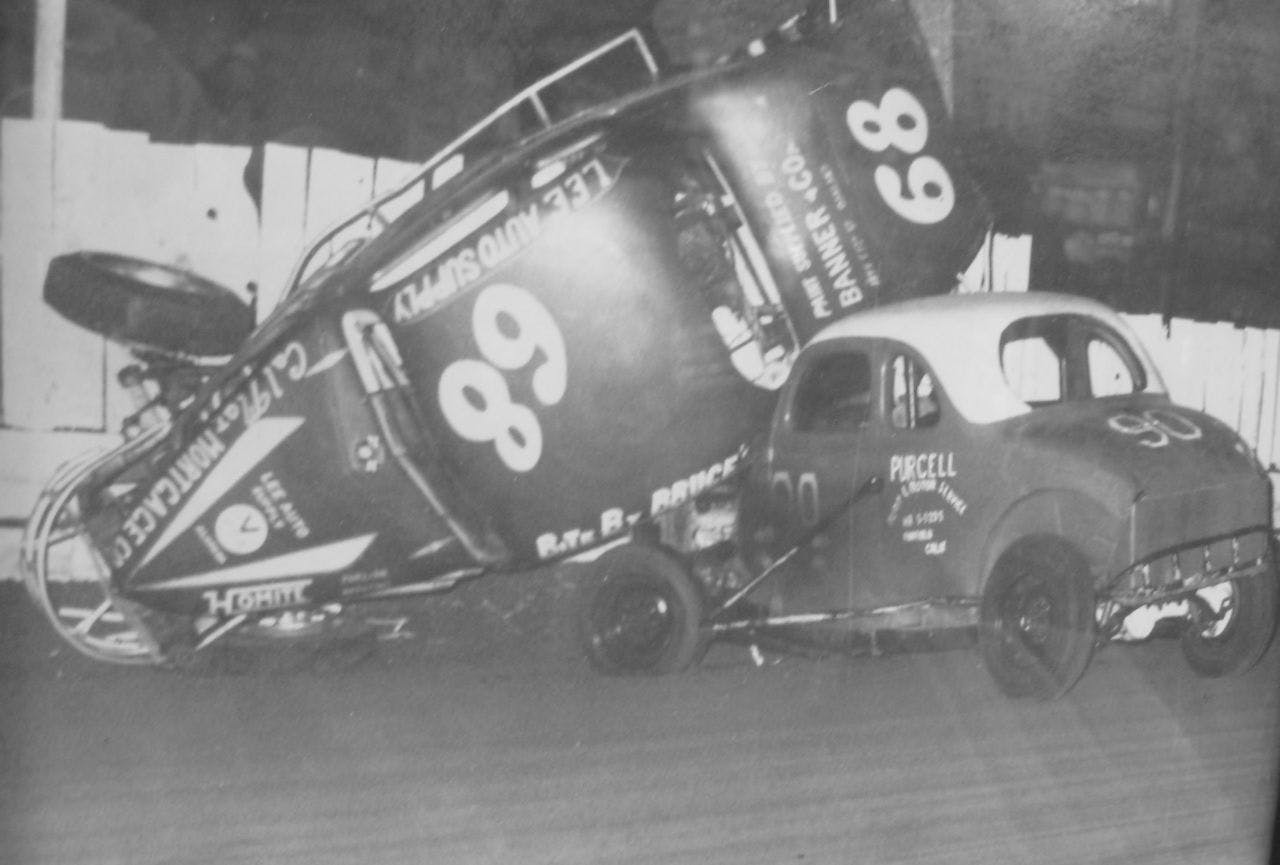
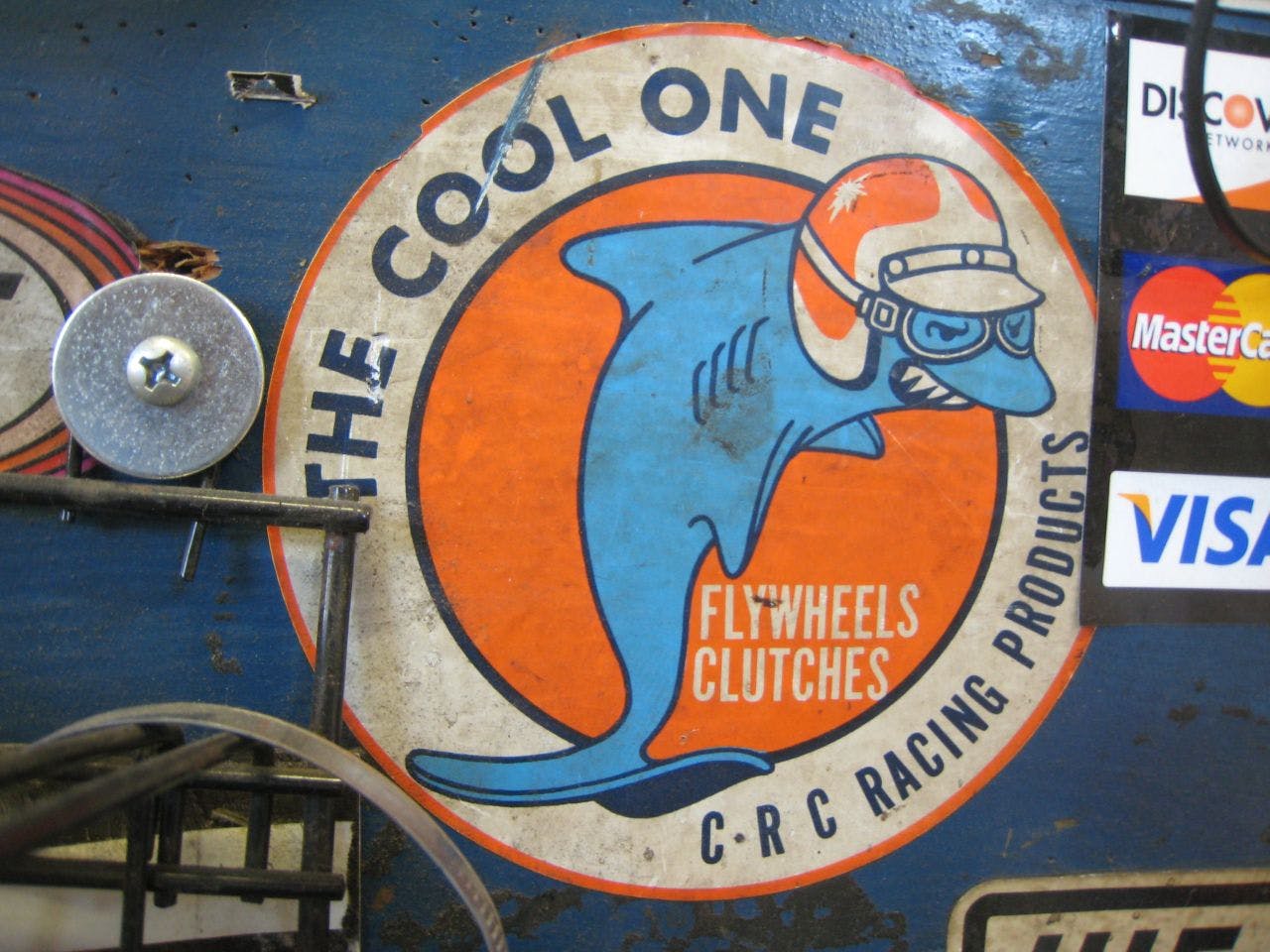
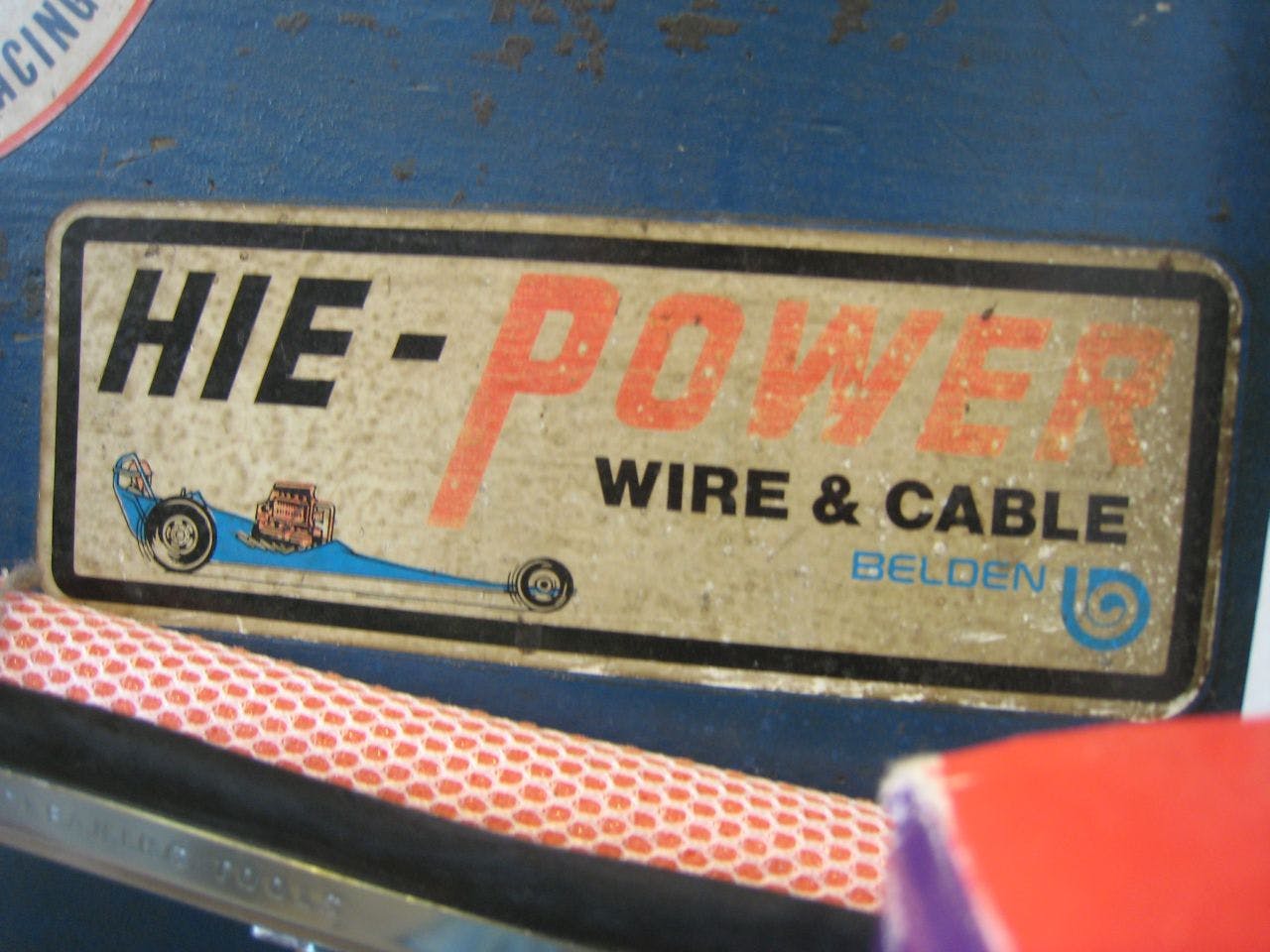
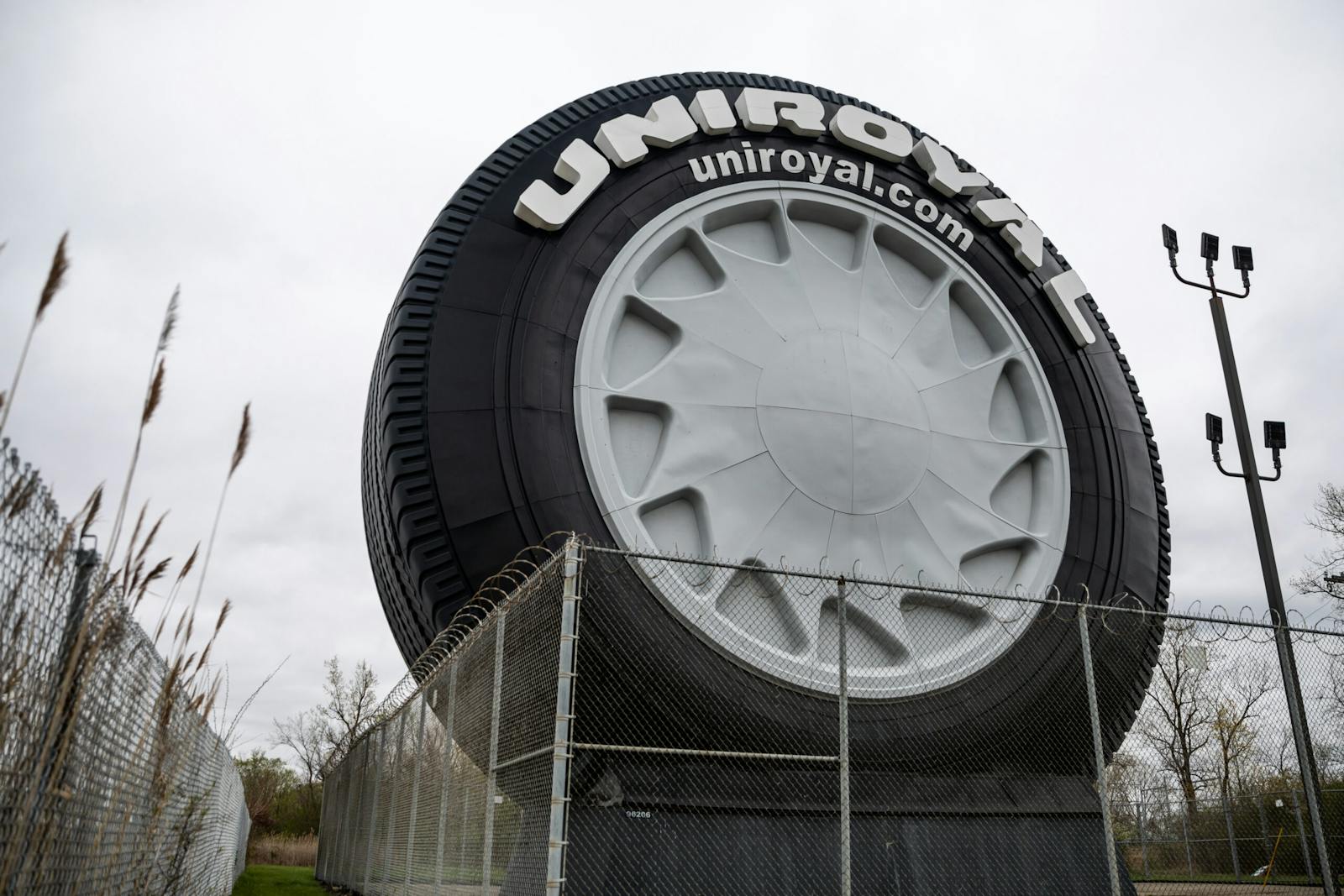
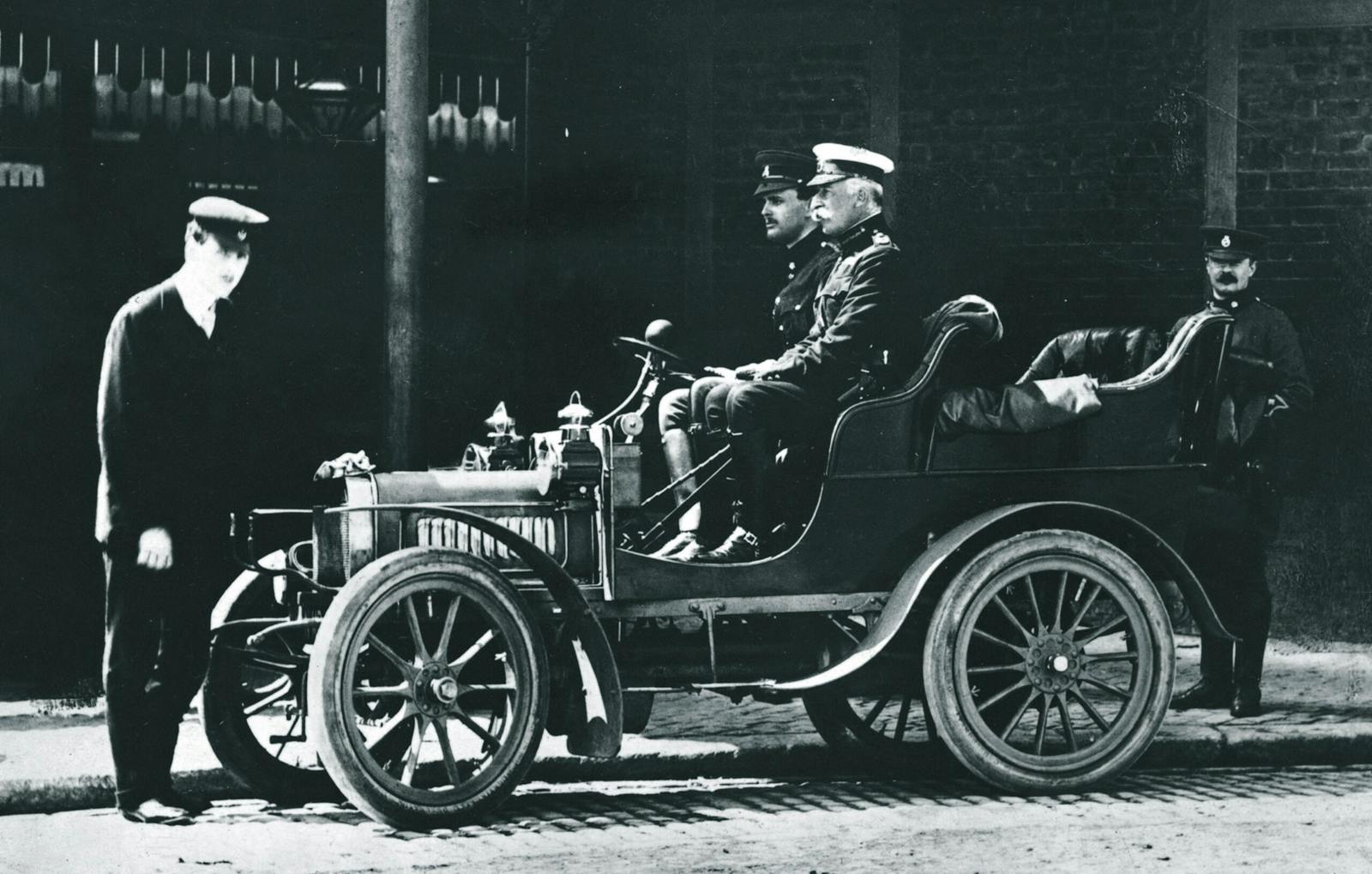
I used to be a loyal regular customer of these old shops. We used to have many here but today only a couple are surviving. As soon as the Auto Zone or other chains opened most dried up and vanished.
One named Hopkins and Kip used to even have a nickel Coke machine till they closed. The machine shops are closing as there are so few people becoming machinist.
Some of the NAPA stores in the smaller towns are keeping the home town shop alive.
Even worse is so many junk yards are no longer stocking full cars. They get them in and disassemble them for parts. They are dismantlers and that is all anymore. No more walking the yard.
Even one I had out in the country here that specialized in sports cars only has become a dismantler and has racks of parts and cars waiting to be parted out. The field where they used to sit is now just paths in a field with no cars.
I used to enjoy looking for the car and then looking to find the gold you sometimes would find in optional parts and such that you could bolt in your ride. Also when getting the parts you saved all the nuts and bolts so you had extra factory hardware.
The bigger factor was you removed the part you also learned how to install it in your car when at home.
Back then we also would avoid the cars that looked like a fatal happened in. Call it superstition or respect I suppose it was both.
I work now with a company with a large web presents. We used to be the small store but we grew over the decades to survive. At one time our store was only 10’x25″. Our Retail stores today have carb displays larger than our original store.
What a great, superbly-written article!
Too bad that it tells of another lost treasure.
Here on Long Island, I know of at least one that still has its doors open: Mars Stores, in Bayshore.
https://www.mars108.com/history
I shopped there when I needed some esoteric part, and they always came through.
One thing you forgot to mention… the smell of these places — rubber, oil, wooden floors and just-plain veteran seasoning. We’re told that olfactory memories are among the strongest.
I wrote this article back in 2009 and we updated it once I started writing regularly here. Lee Auto is long gone , sadly. It’s a furniture store now.
A 10′ x 25″ shop is far beyond being “small” – it’s just barely bigger than a coffin! 😂
I agree 100% with audiobycarmine – this story is terrific. Any of us who were around in the day of the locally-owned independent parts stores can surely relate. In my town in my day it was a place called Service City Auto Part (S.C.A.P.) and “the man” was a guy named Roger (there were a few more employees who were very good, but Roger was GREAT). There were more businesses locally, but S.C.A.P. was the best. Had an account – could just put parts on the tab and pay monthly. For us paycheck-to-paycheck rodders, this saved us. Not only did they provide the service in parts, but if you needed something done, they knew the best places in the valley to go to.
There was one place in town here called motor grinding and parts. Back when I started driving in the !ates 70’s, I really depended on their expertice in getting the parts I needed because there was no internet to lookup that information
Before I became a mechanic I spent several years in old school parts stores, hustling POS Econolines or wadded up Couriers around the Bay Area and small -town southern Indiana. It was great fun and I still remember the aura the places had. Stools at the counter, ashtrays in small rubber tires, core tags…. I could go on but it might make me a little sad.
👍👍
There was an “in-between” type of parts store around here back in the late ’60s and ’70s. It was called Statewide Auto Supply and I worked in the store for a short while. It was more like a current chain store in that most parts (and consumables like spark plugs, filters, oil, brake shoes, coolant, etc.) were just on the shelf. Larger or more unique parts could be ordered, but the customer looked up what they wanted in a catalogue and turned in the order to the counter-person, who then sent it in to the correct supplier. There was very little expertise behind the counter (hence me qualifying for a job!), but one did kind of learn through osmosis.
Gotelli Speed Shop in South San Francisco was another one
When I was in high school back in the early to mid 60’s, there was a place in Monro, LA called Hearn Motor Parts. It was a small place but had a small but great machine shop. Mr. Hearn was one of the machinist. I was a 16-year old kid working to put a 265 SBC in a 40 Ford. There was no internet in those days. I would read everything I could. I bought the engine out of a junkyard for $55 and saved $5 by pulling the engine myself. Mr. Hearn was a very nice man and really helped this kid rebuild his SBC. I had the block vatted and new cam bearings installed. I had to turn the crank. They did the machine work and I bought all my parts from them. Somehow I managed to put the SBC together without a torque wrench but it worked. I look back and am amazed I was able to do all that and get the engine in the Ford as a 16 year old kid. A few years later, Mr Hearn retired. Great memories.
Thanks for kicking up some fond memories. I went there many times when I moved to Alameda is the early 2000s and Duane and team were the best type of grouch, grizzled but filled with the type of esoteric automotive knowledge that is impossible to find in person today. It reminded me of the auto parts stores of my youth and sometimes I would just go there to ask a dumb question and get my fix of the sights and smells.
The second photo in this article really took me back. I bought my first car in 1966, for $75.00, a 53 Chevy 2 dr sedan, 6 cyl and 3 on the tree. After tires and an oil change the next thing I bought for the 53 was a Hurst Mystery Shifter. While there were many small parts sellers in Dayton, Ohio, the two big local chains were Genuine Auto Parts and Main Auto Parts. The guys behind the counters knew what they were selling! When I graduated to small block Chevy V-8s, Ault & James Speed Shop and Ohio George Montgomery’s shop were at the top of my list. BTW, Ohio George passed last August at the age of 90. RIP
Sad to hear a store like this is gone.
I can really relate to this piece. I AM one of those ” battle-scarred automotive veterans, honest-to-god Doctors Of Partsology who can tell the difference between an FMX and a Fordomatic”. I spent 45 years working in parts departments of every make of cars and one for Cummins engines. Most of my time was working with my passion, Ford parts. The kids, anybody under 30, think they can walk in and 60 days later be just as good as the 30 year veteran and get the same benefits as the old farts. There is no App for work.
We’re lost all the parts guys now it’s just a keyboard operator. Most could not find their own butt without a year, make, model and part number.
I recently retired from a 46 year career in auto repair. The first half was in dealership service departments and the second half was a repair shop that I owned. I always had the philosophy that my expertise was in auto repair and the parts departments and independent parts stores had the expertise in sourcing the correct parts I needed. I never wanted to try to do their job even in more recent times when the NAPA stores wanted us to order online. I always wanted to just pick up the phone and let the experts handle it.
Glad to have Murilee on staff with his unique take on the subject we all love.